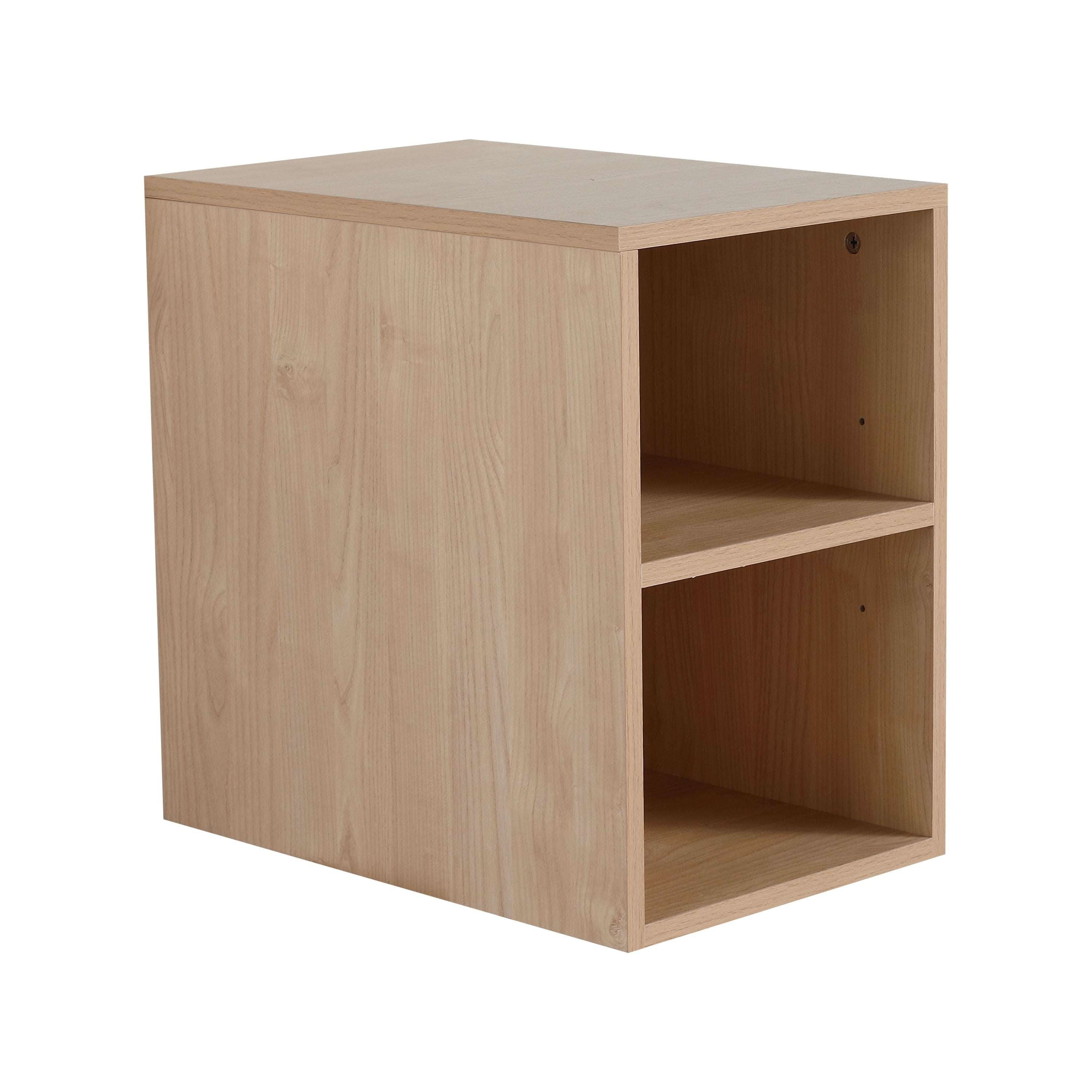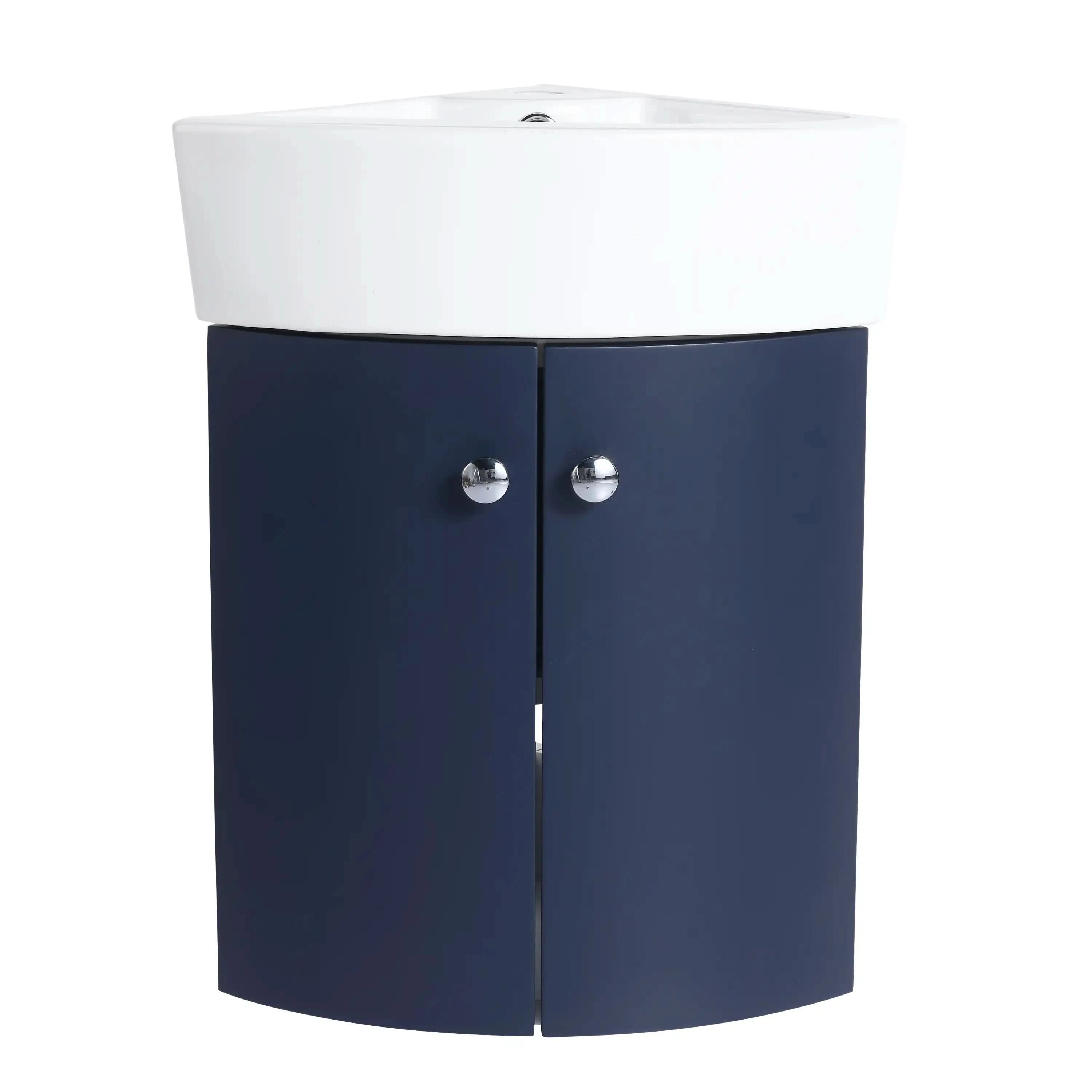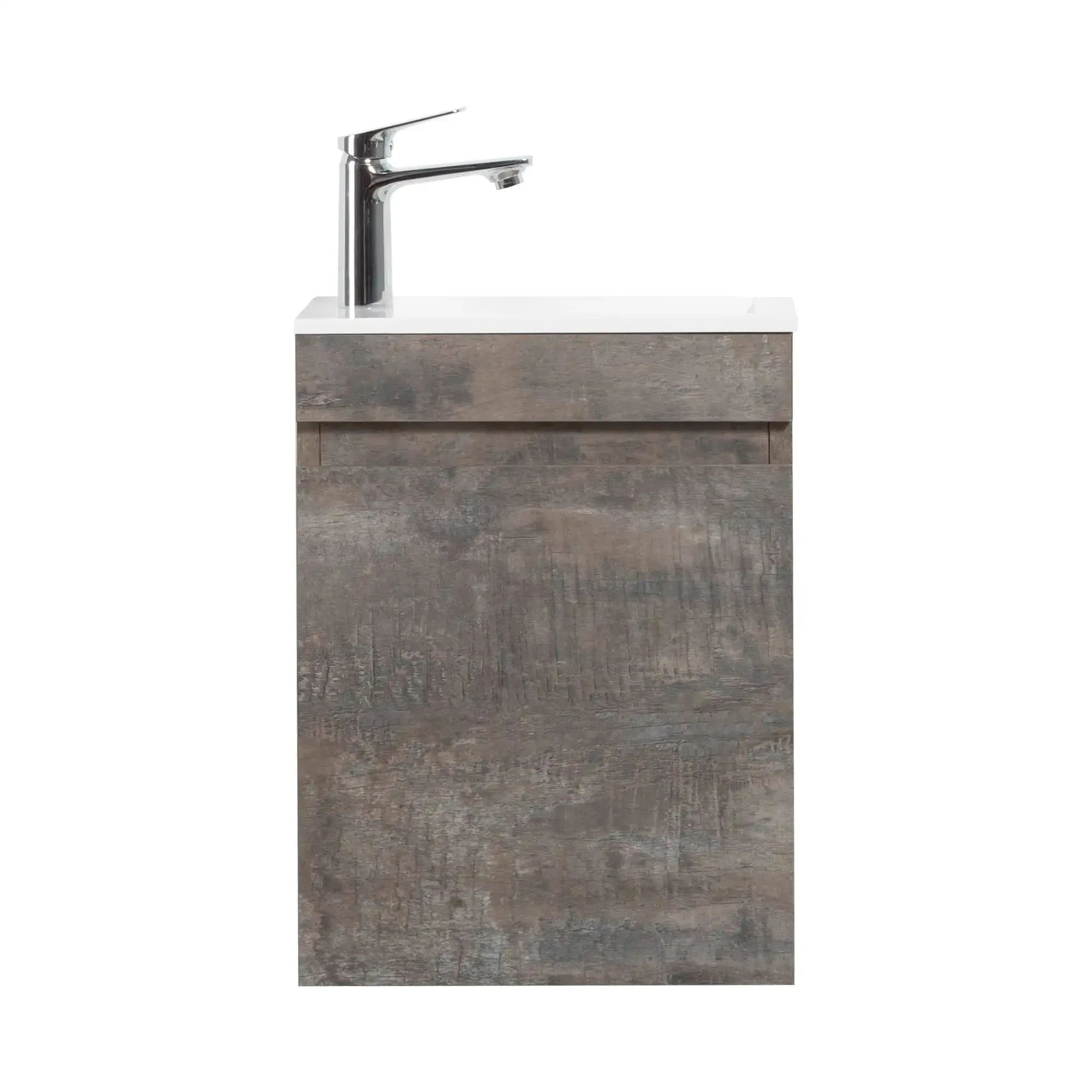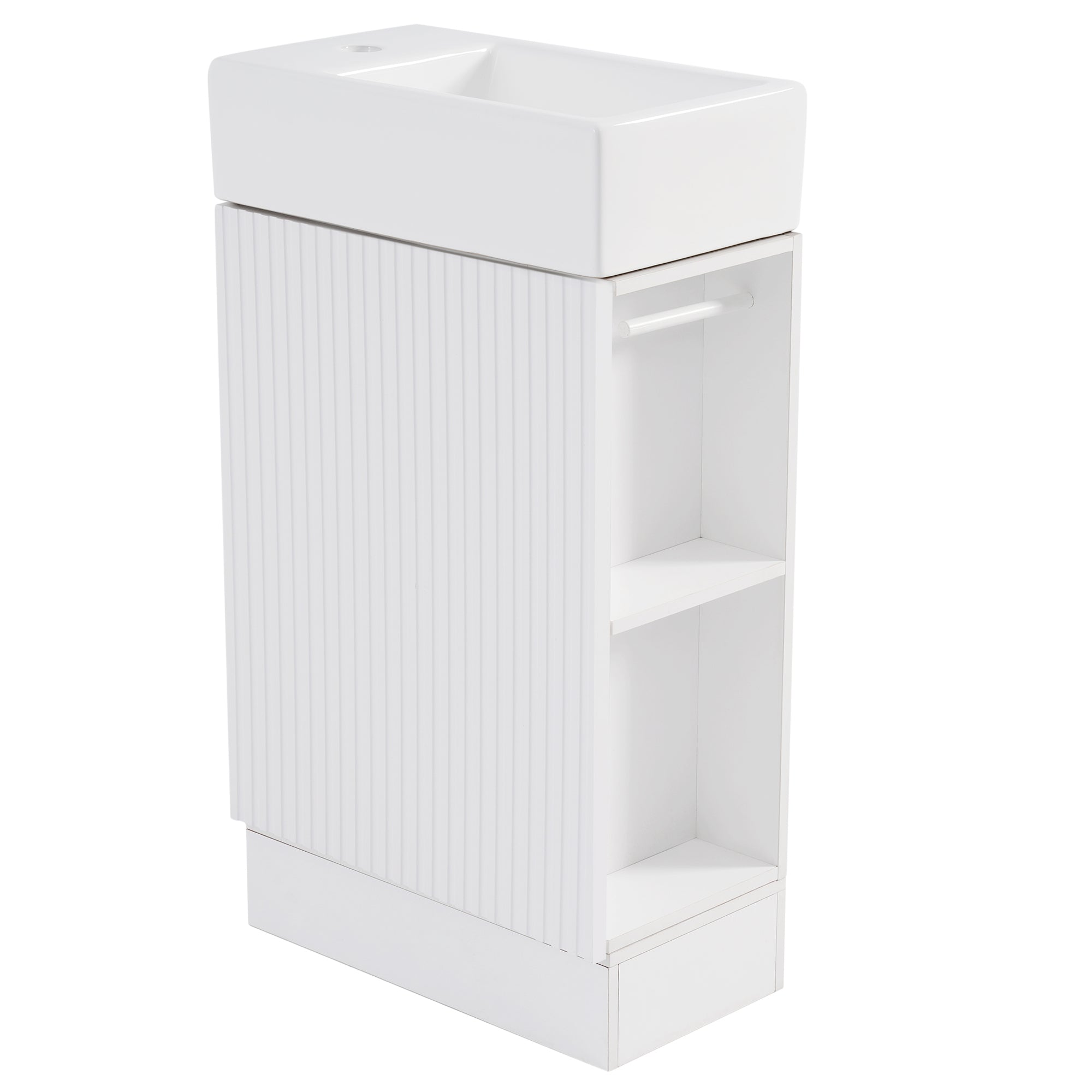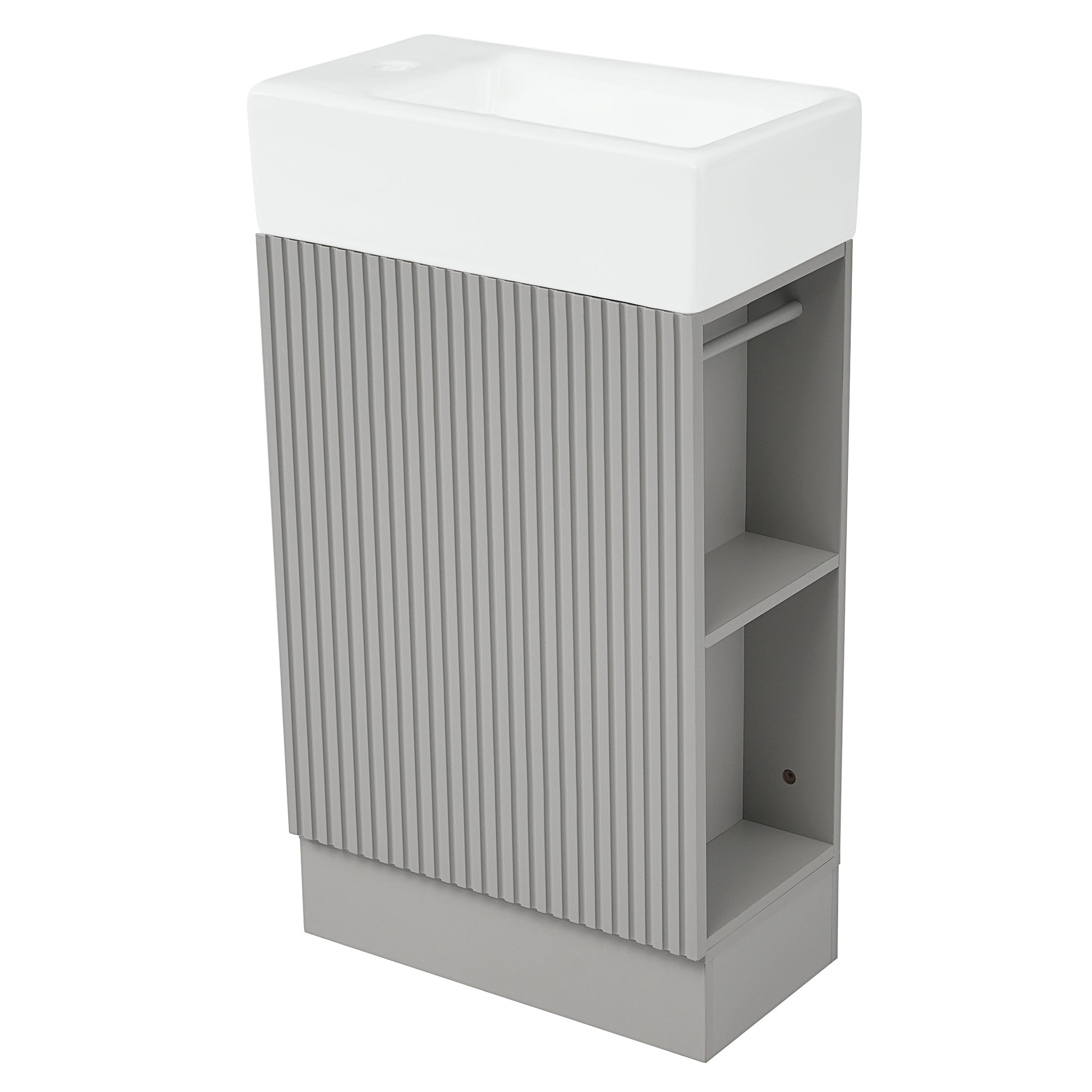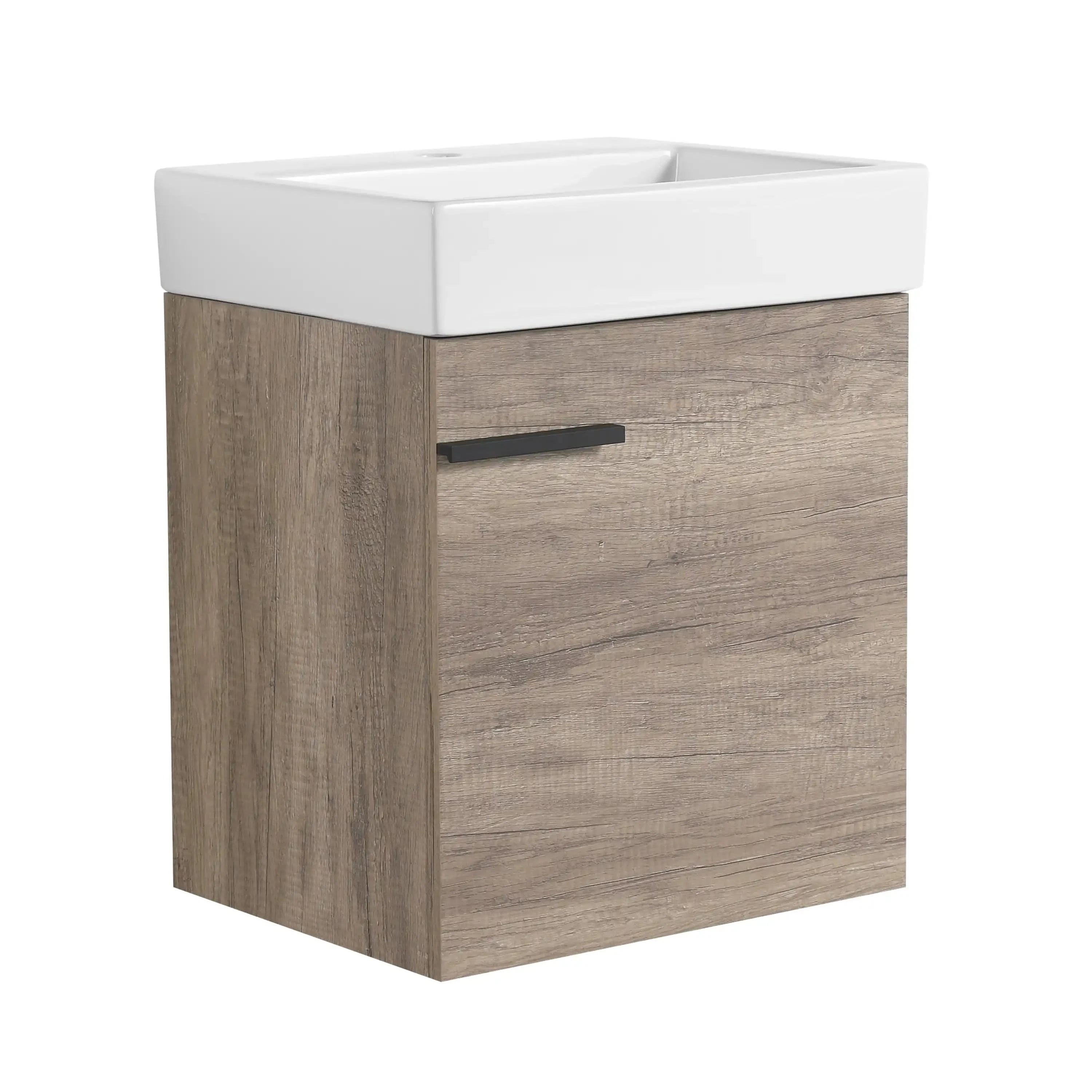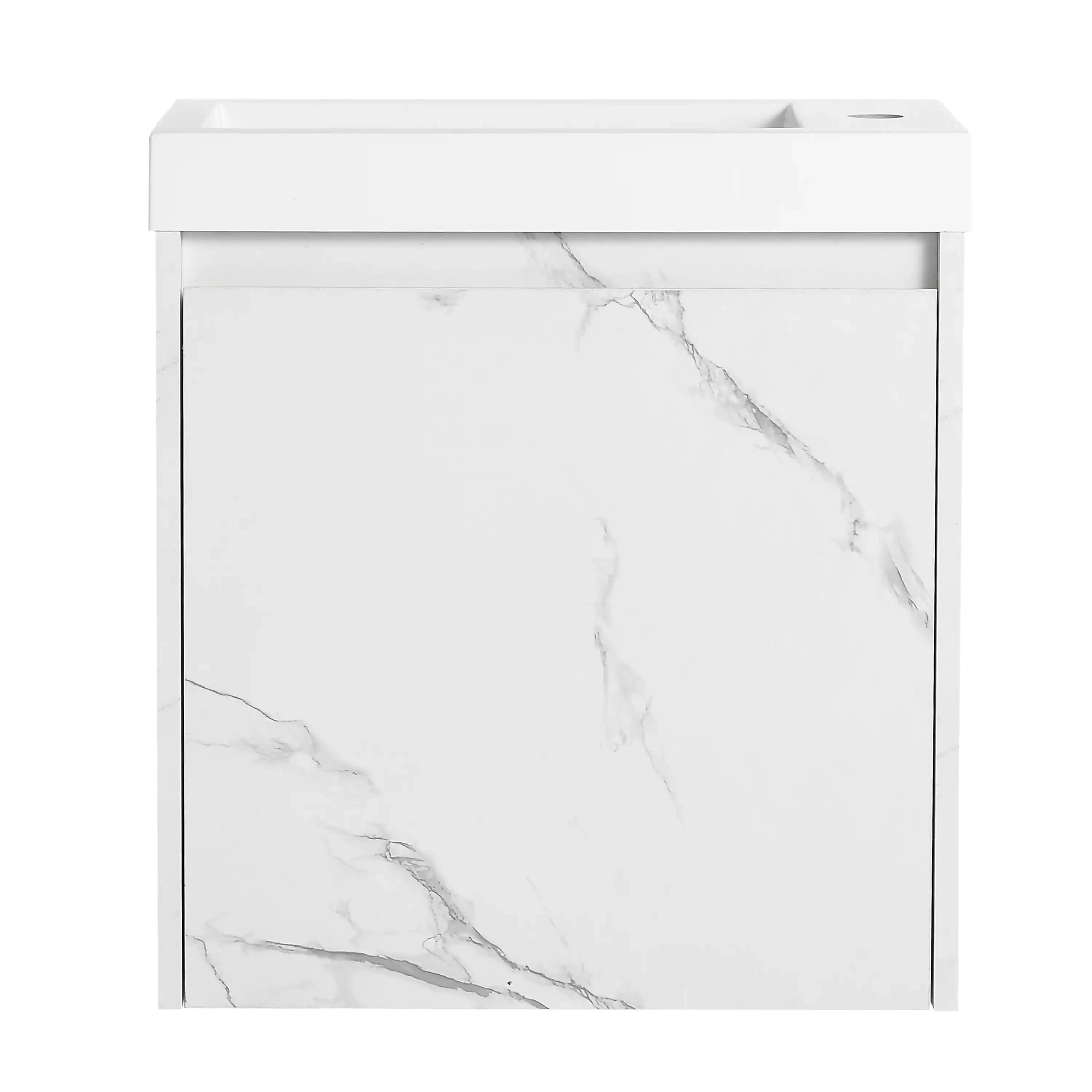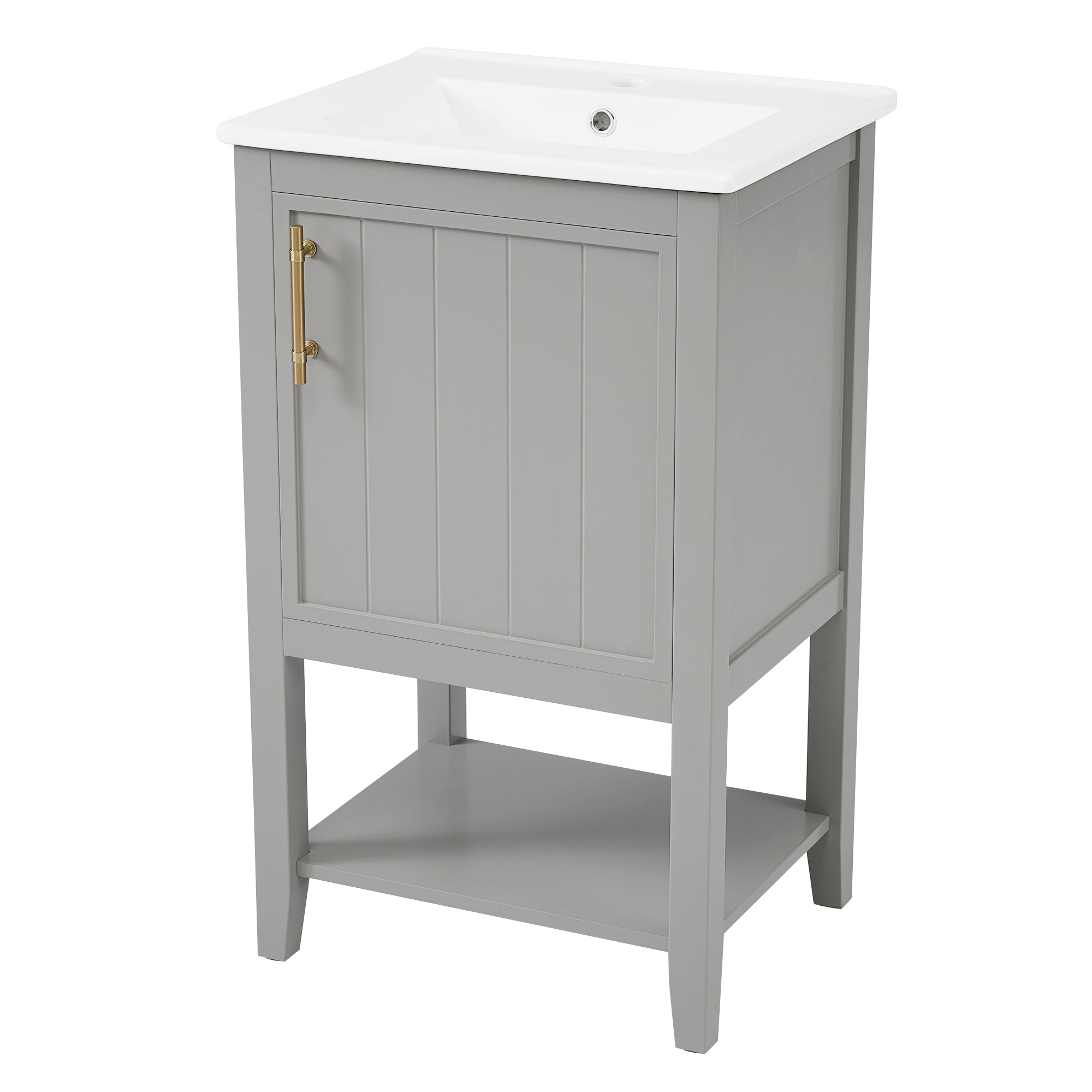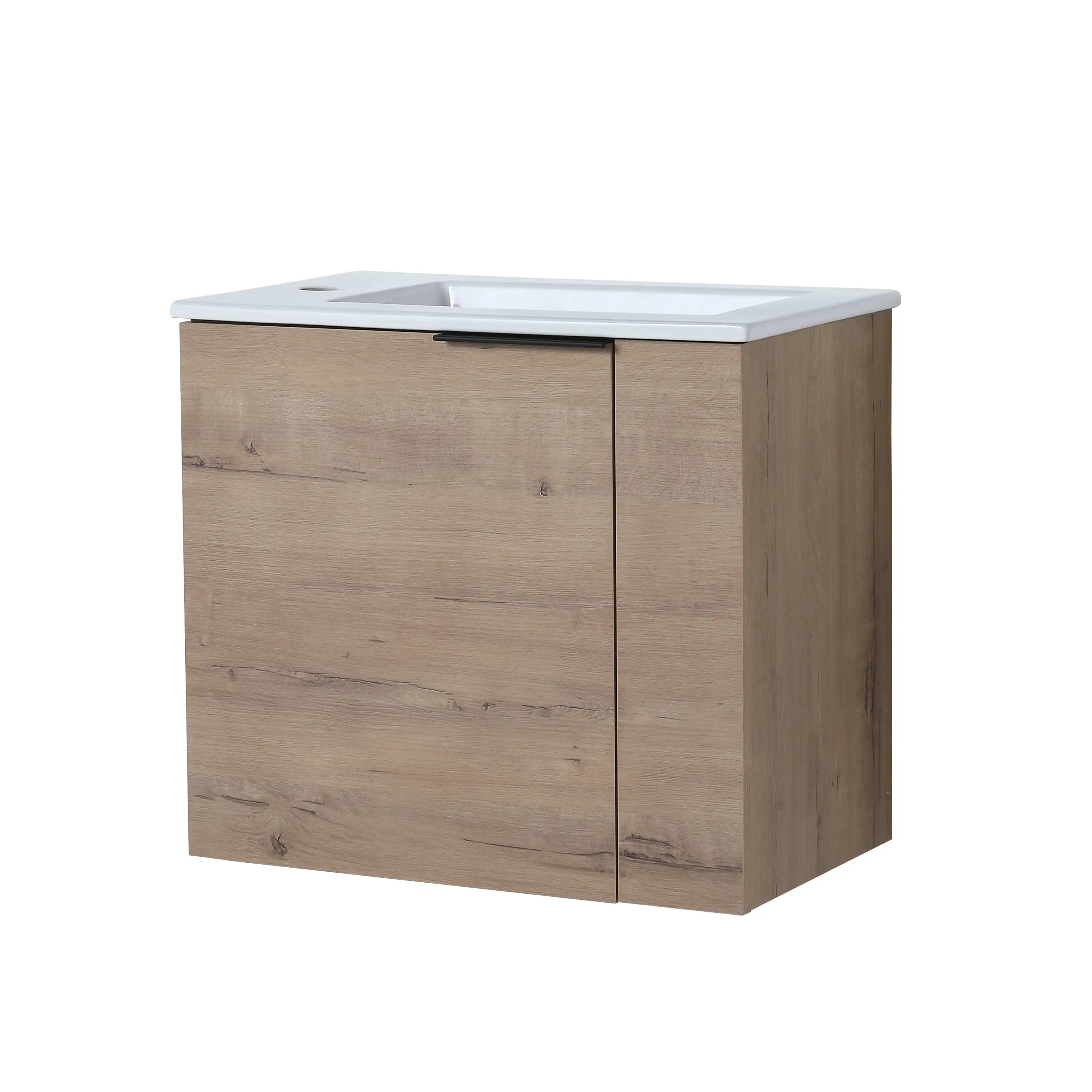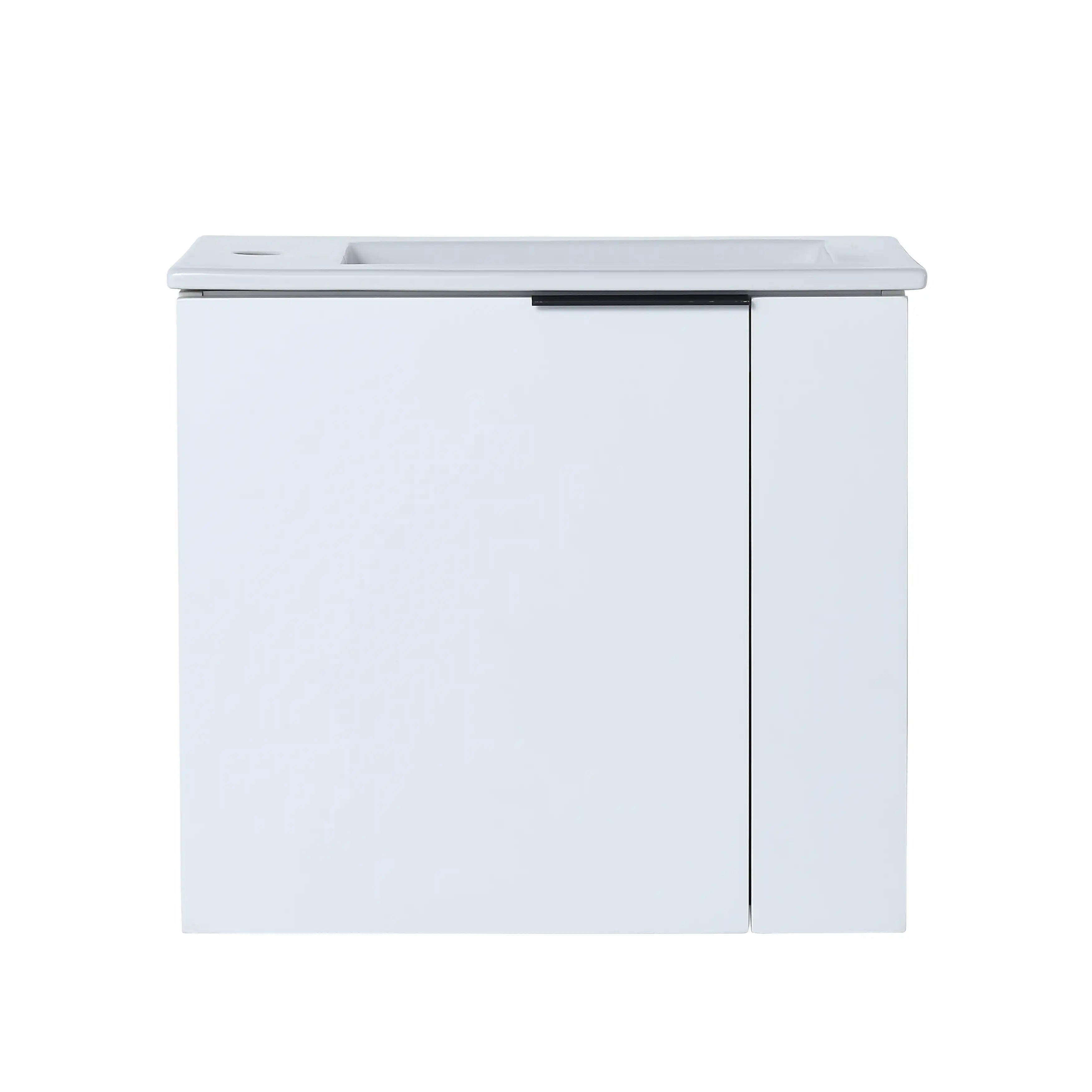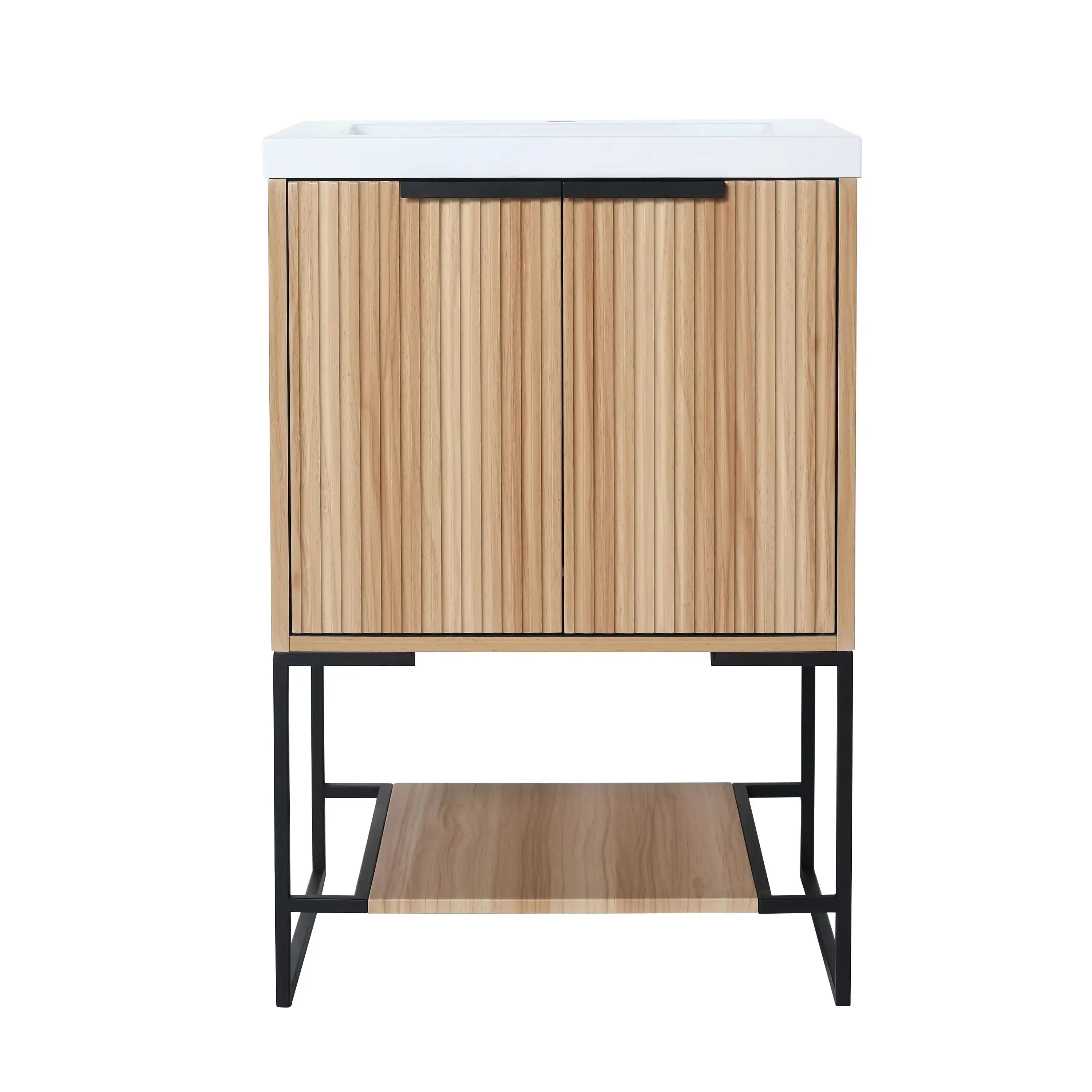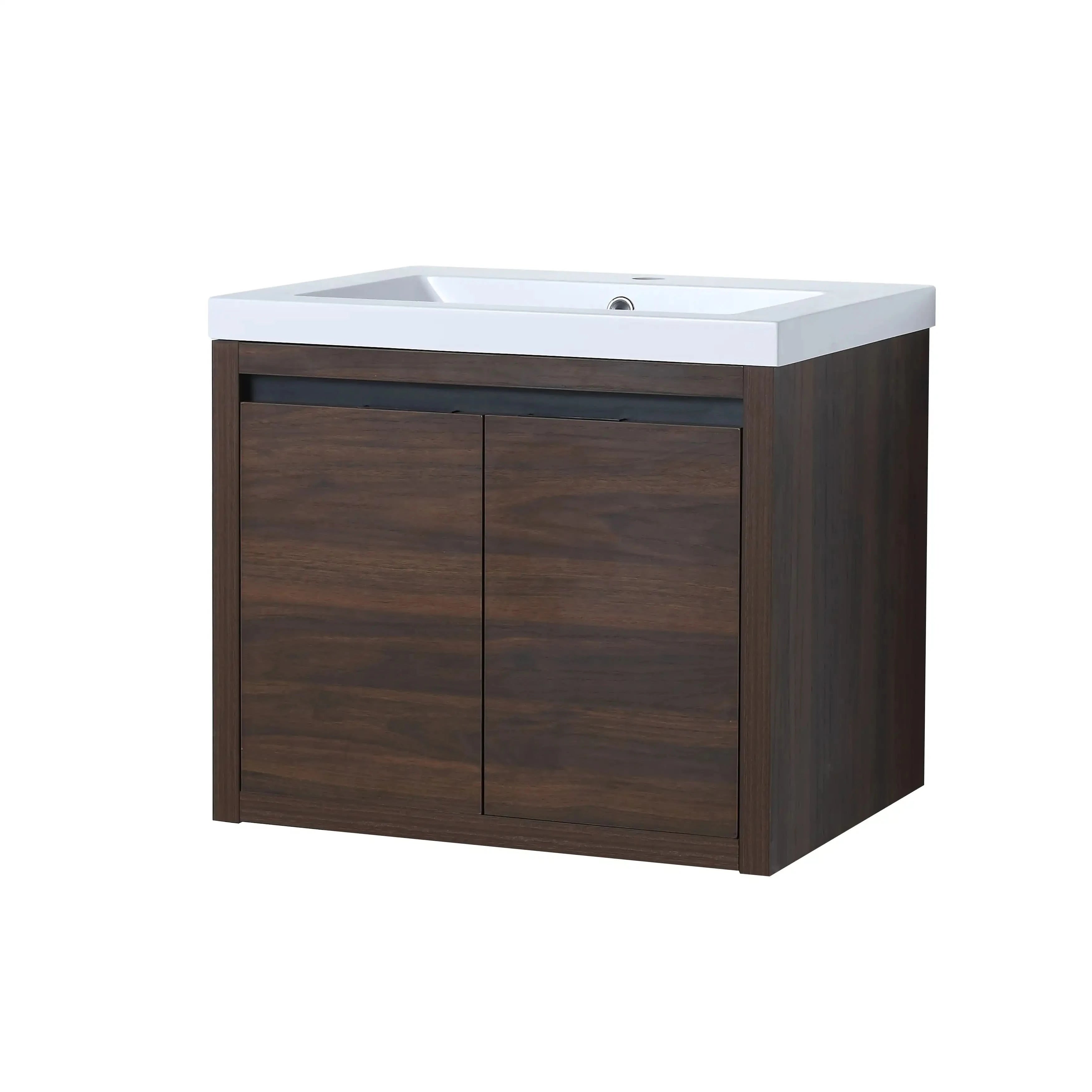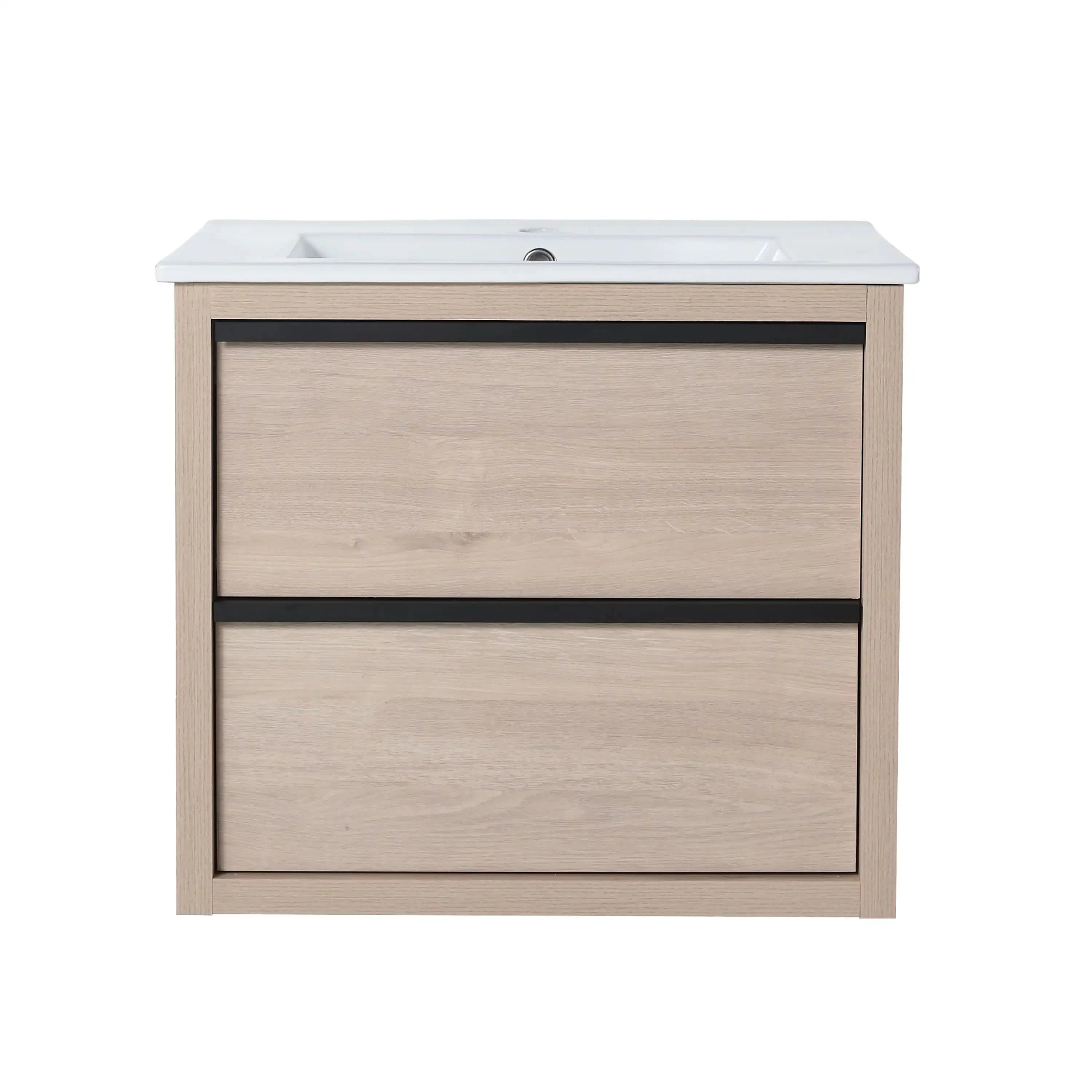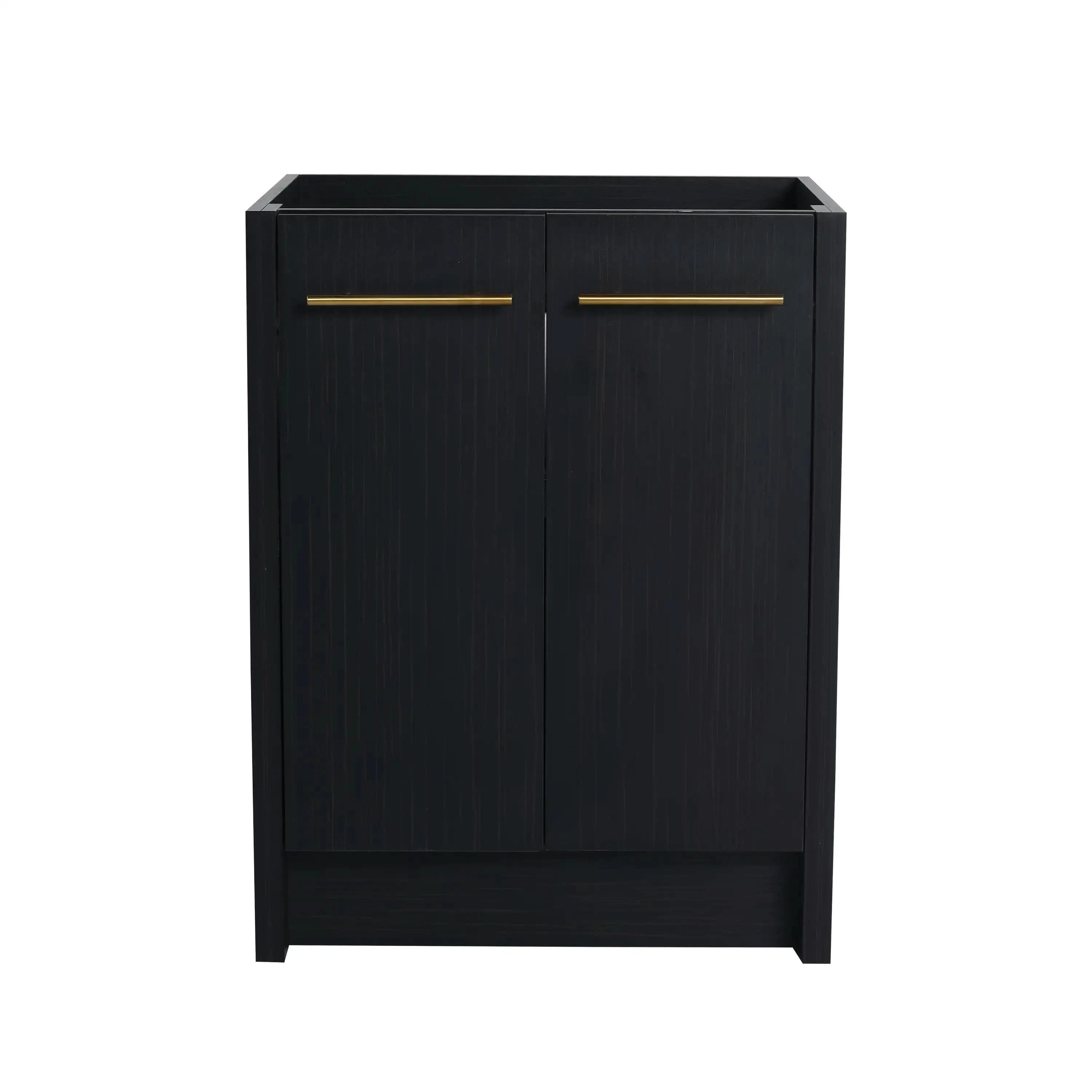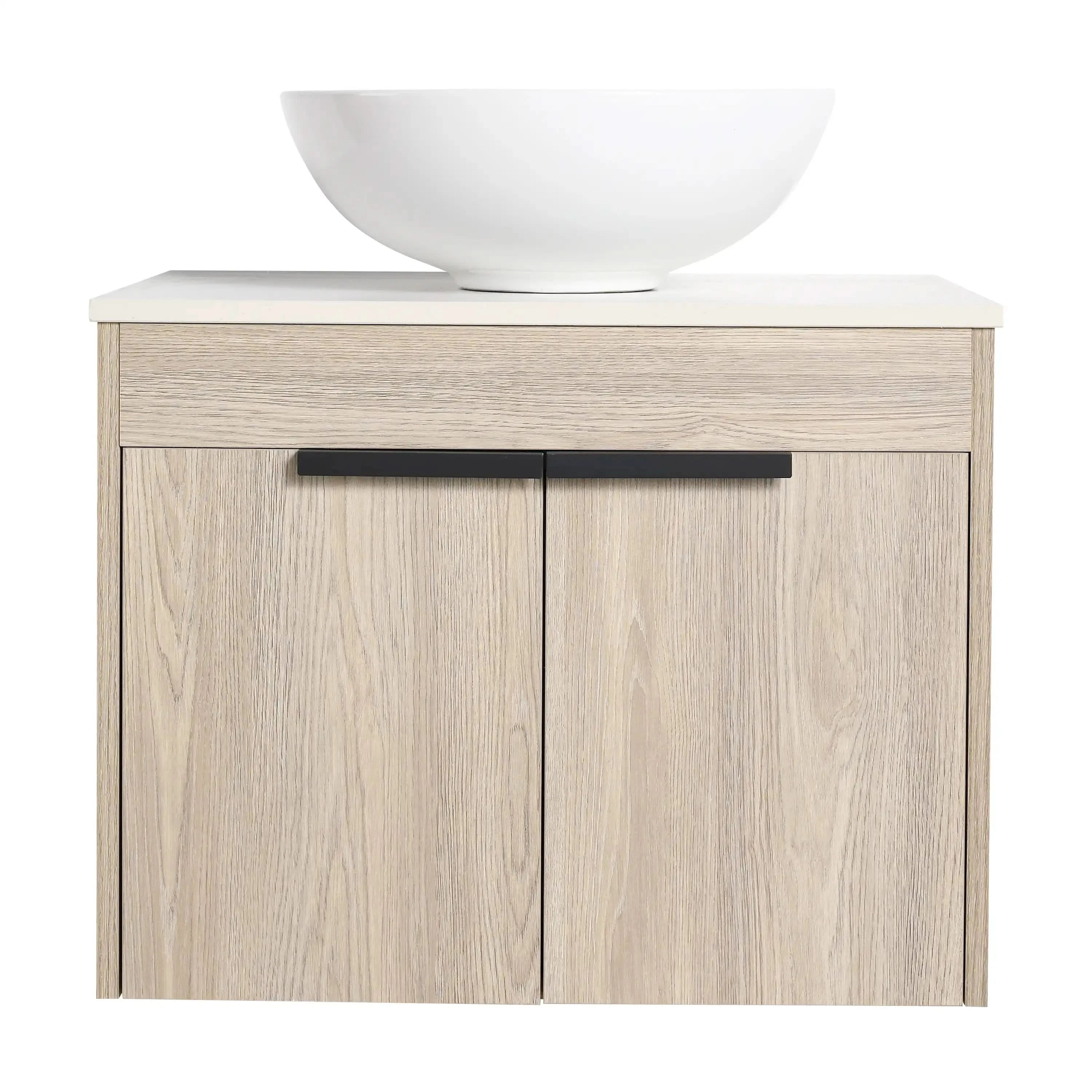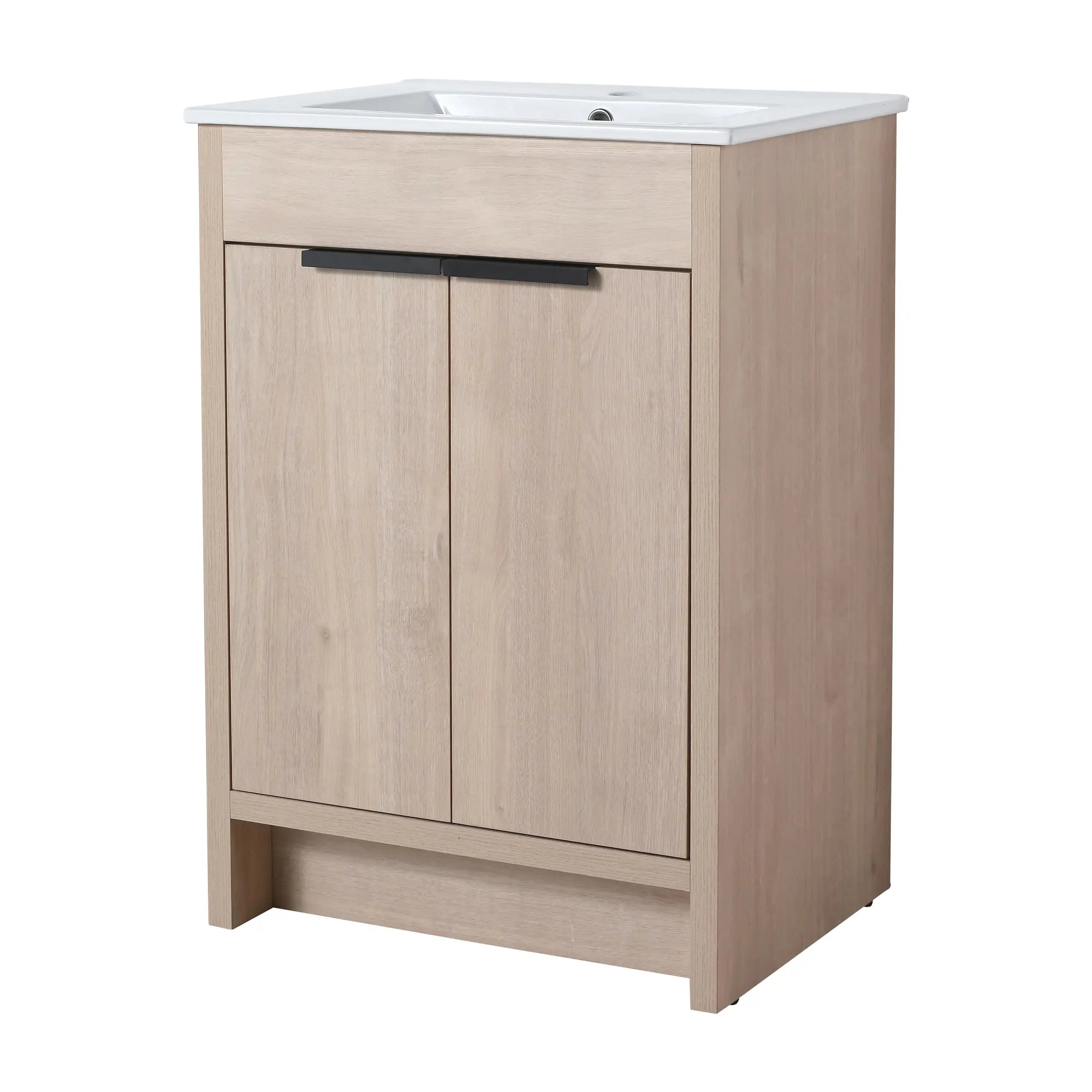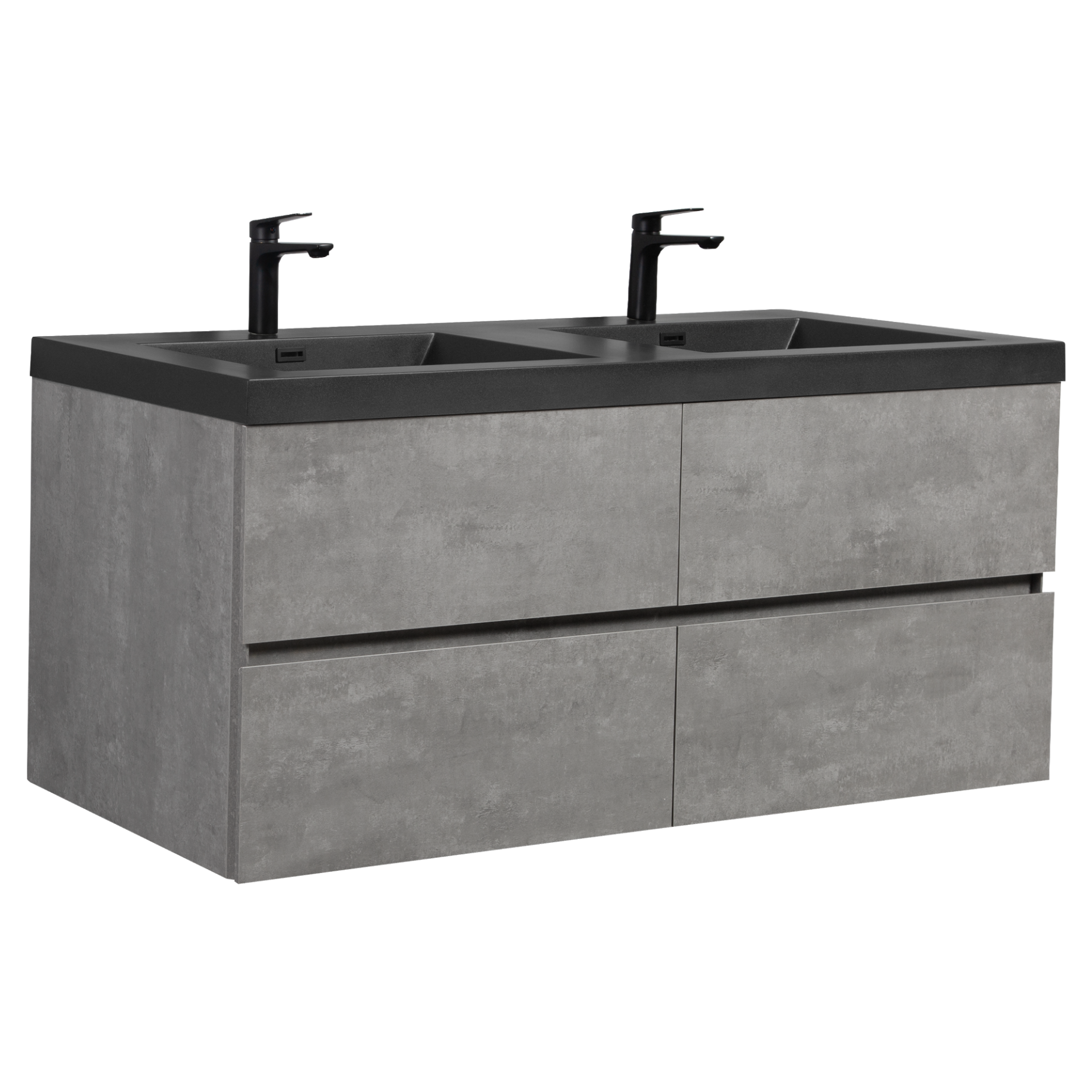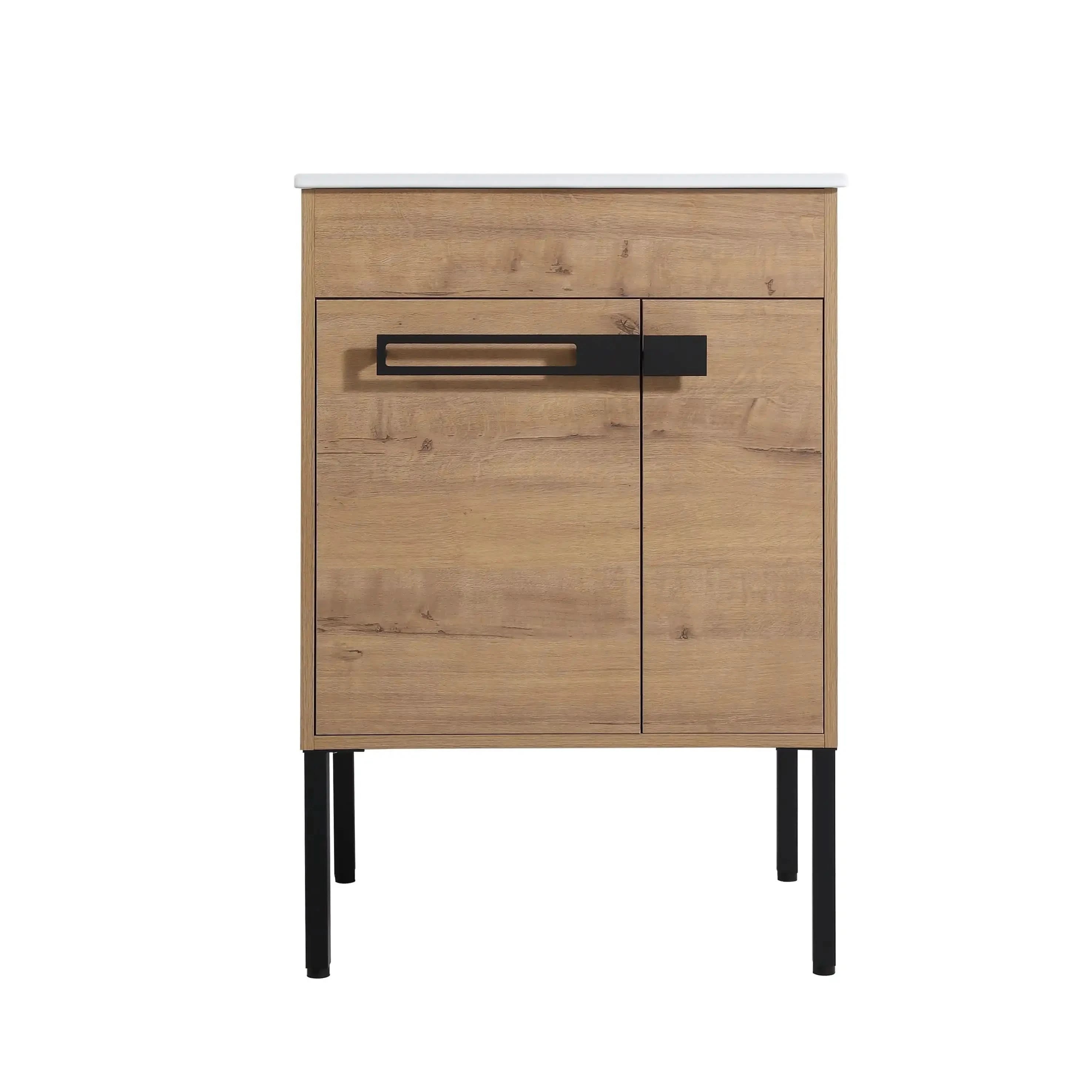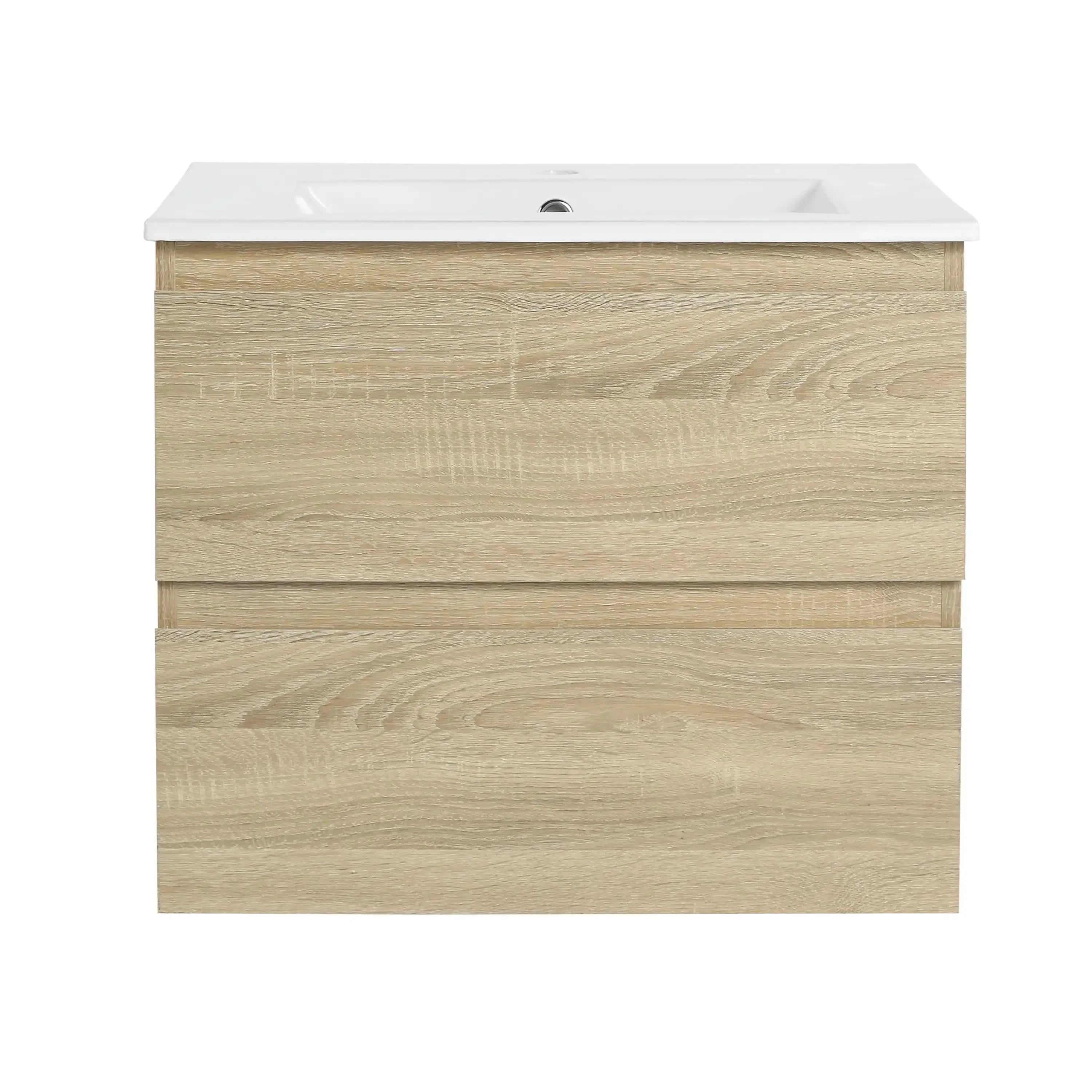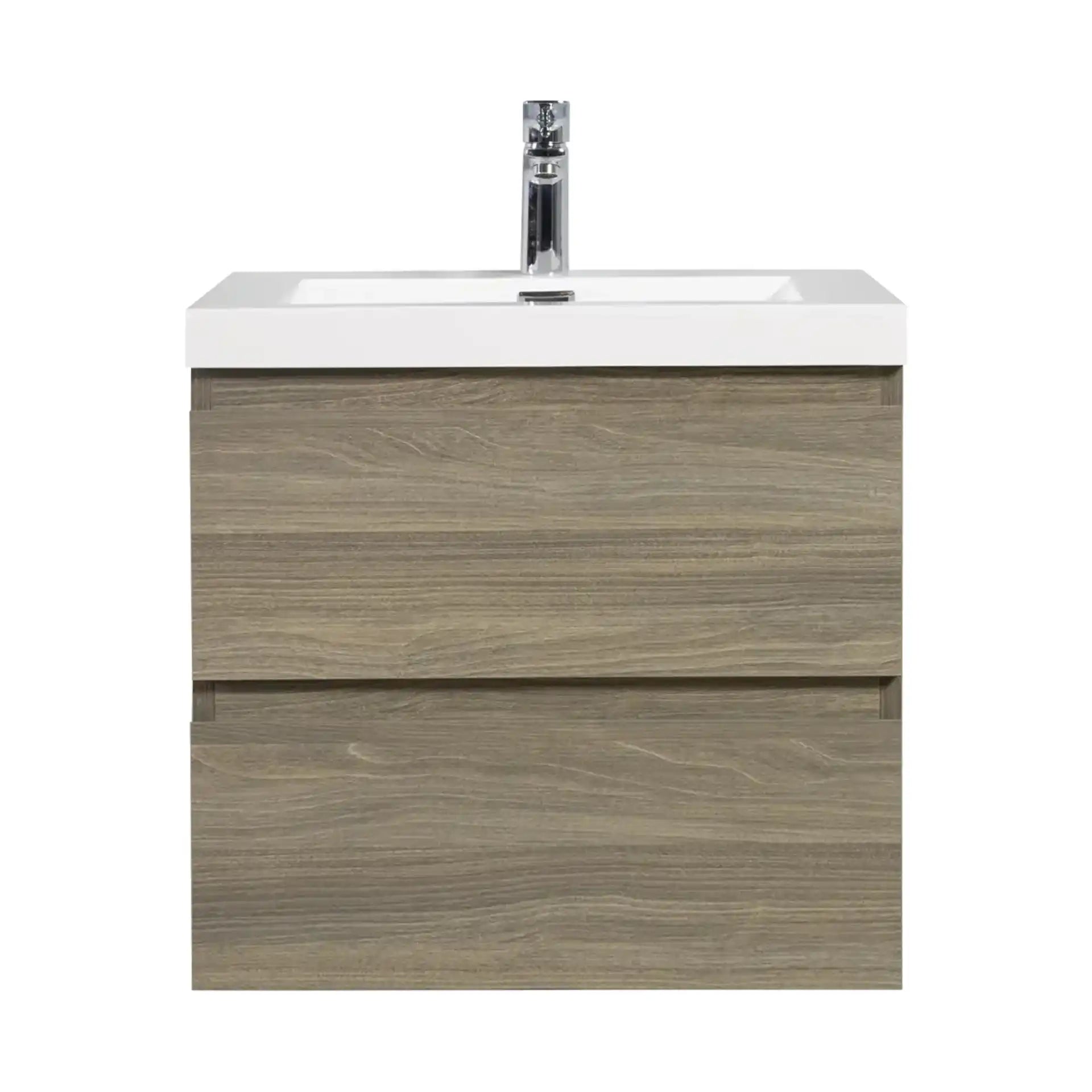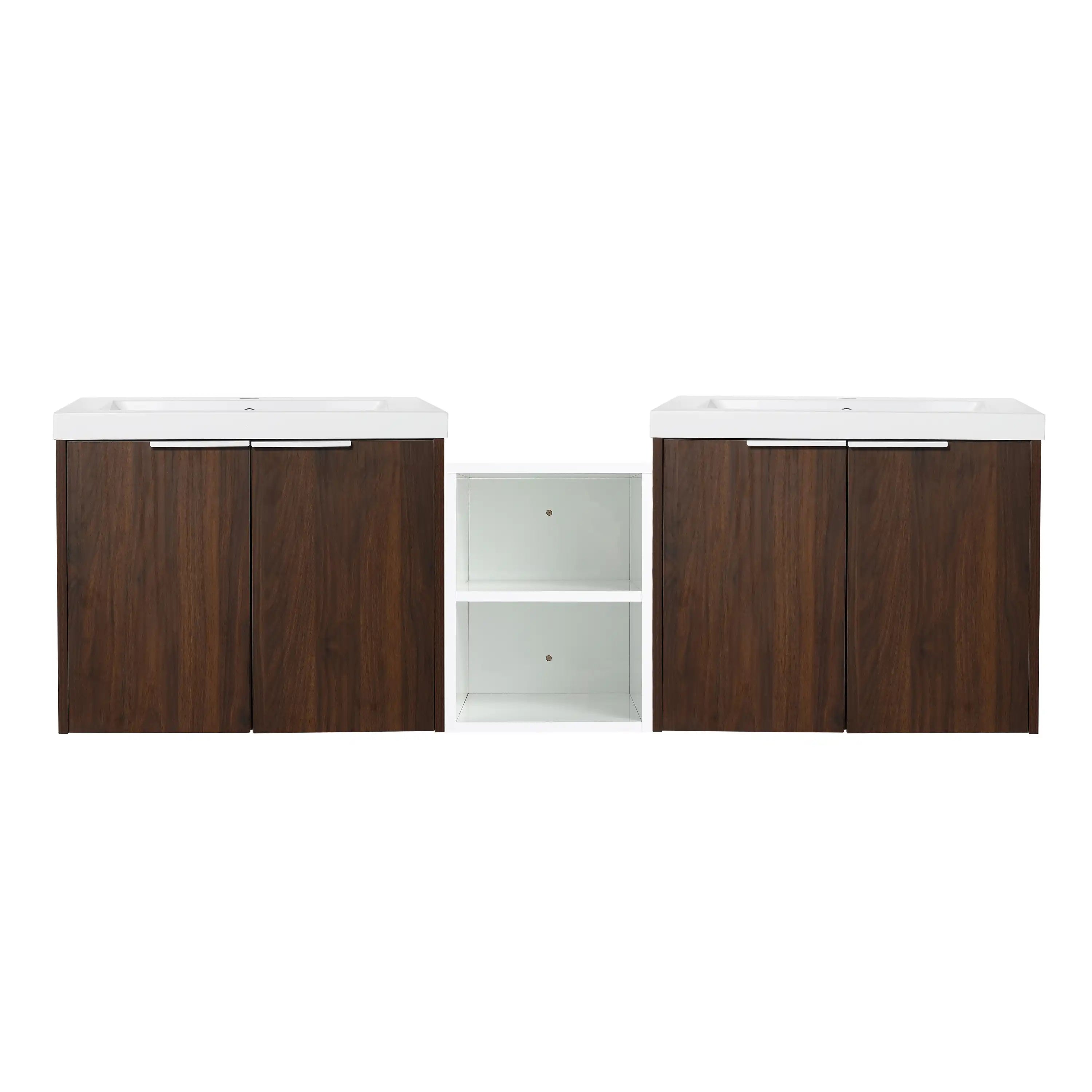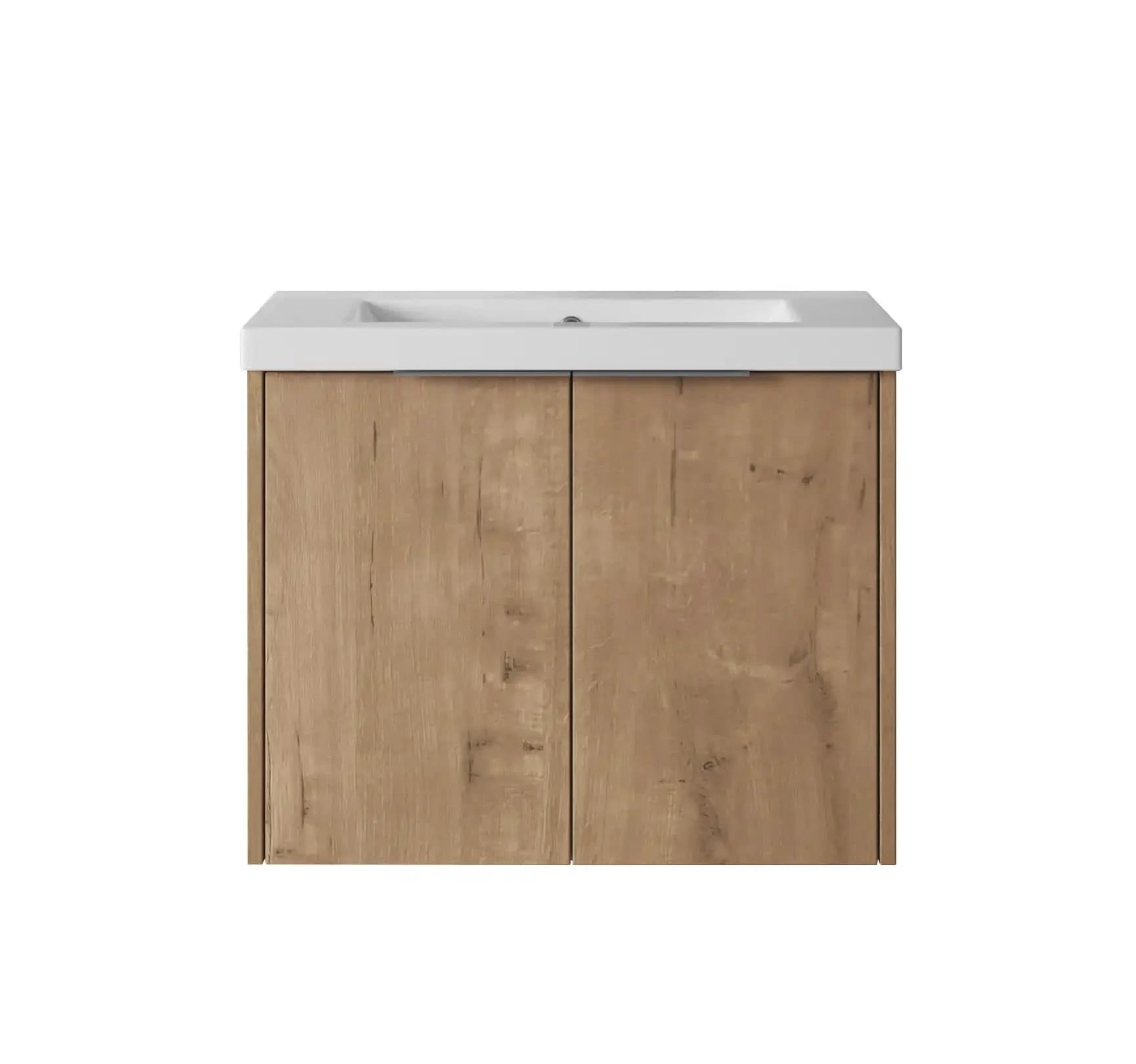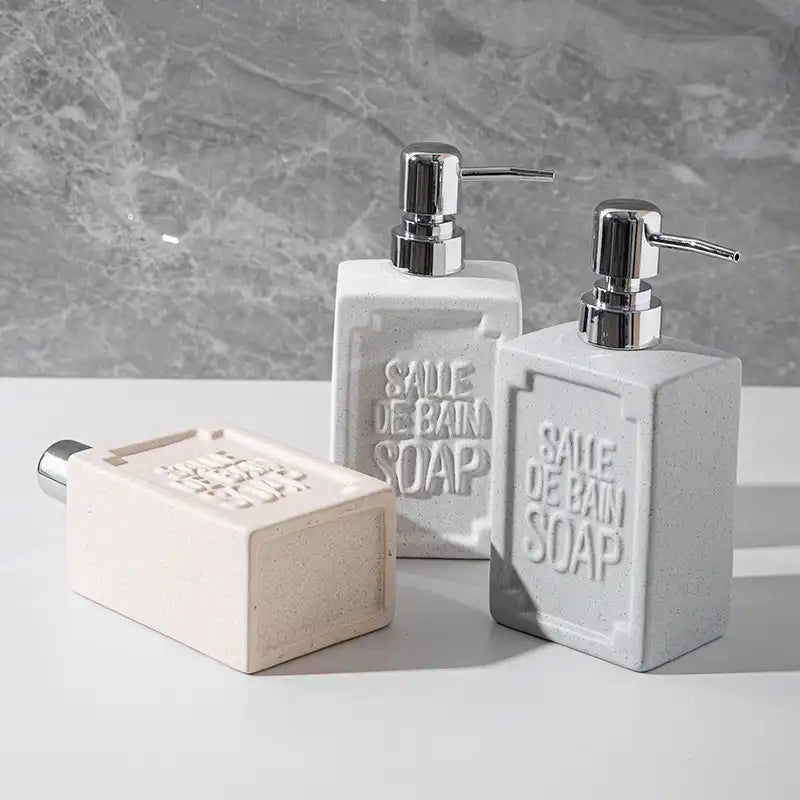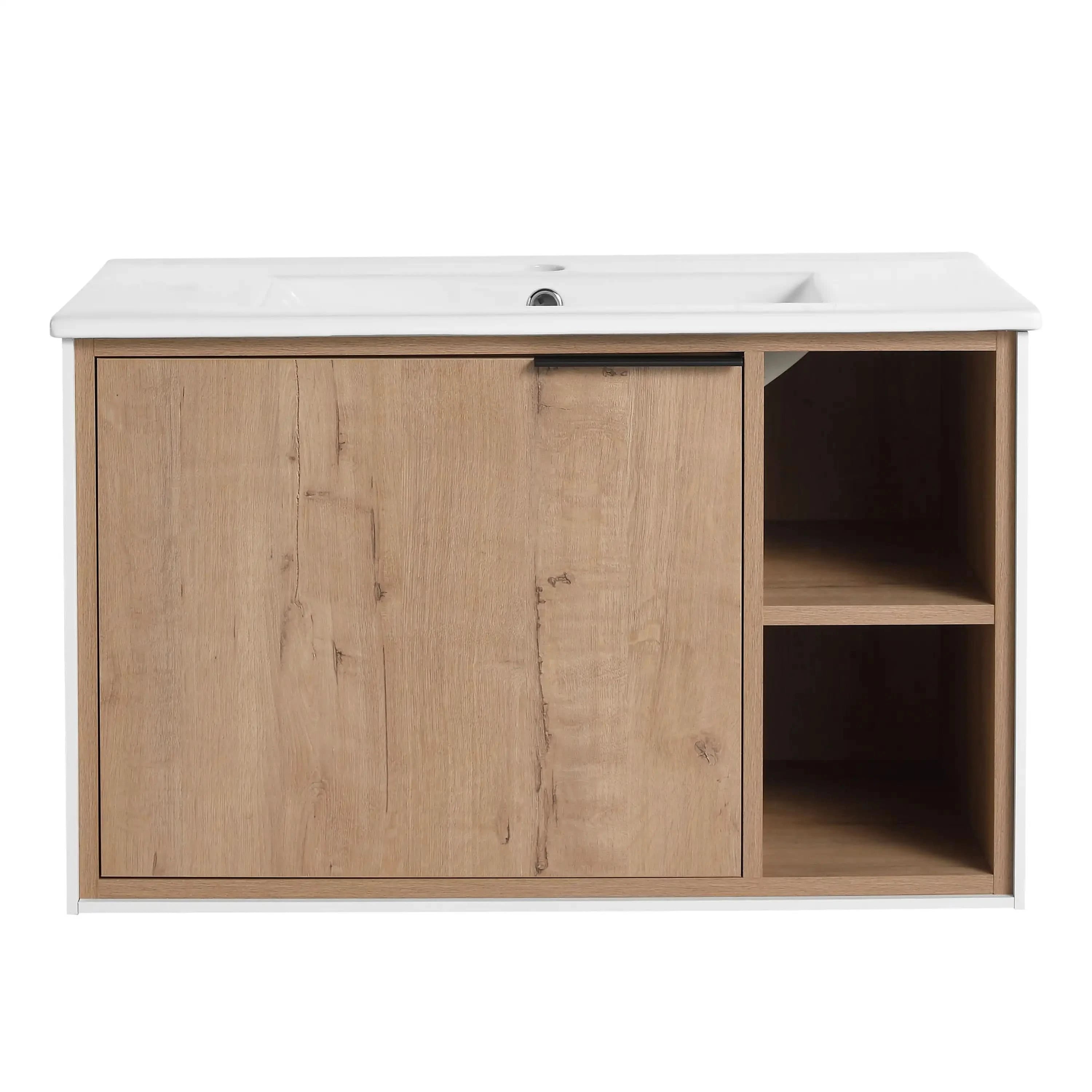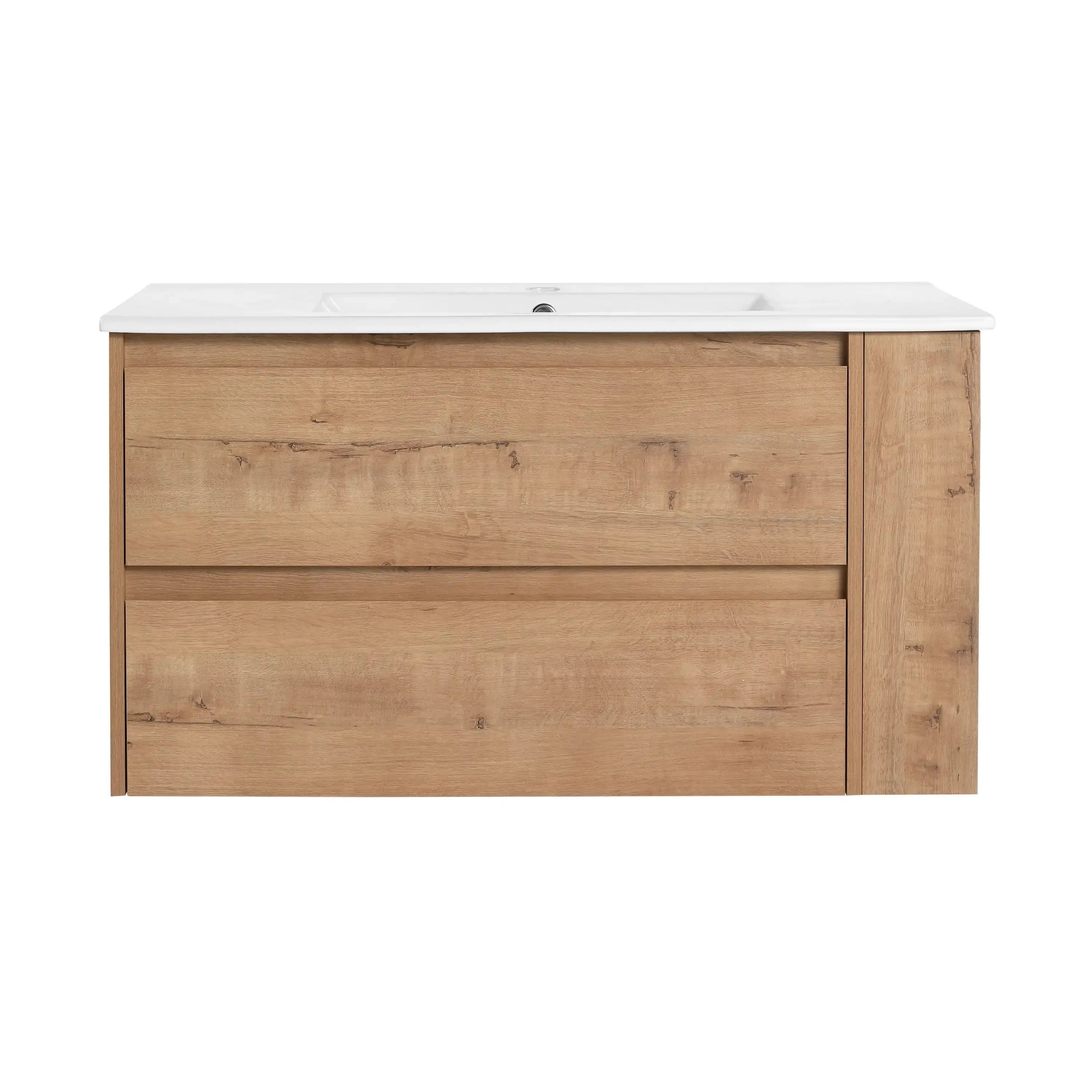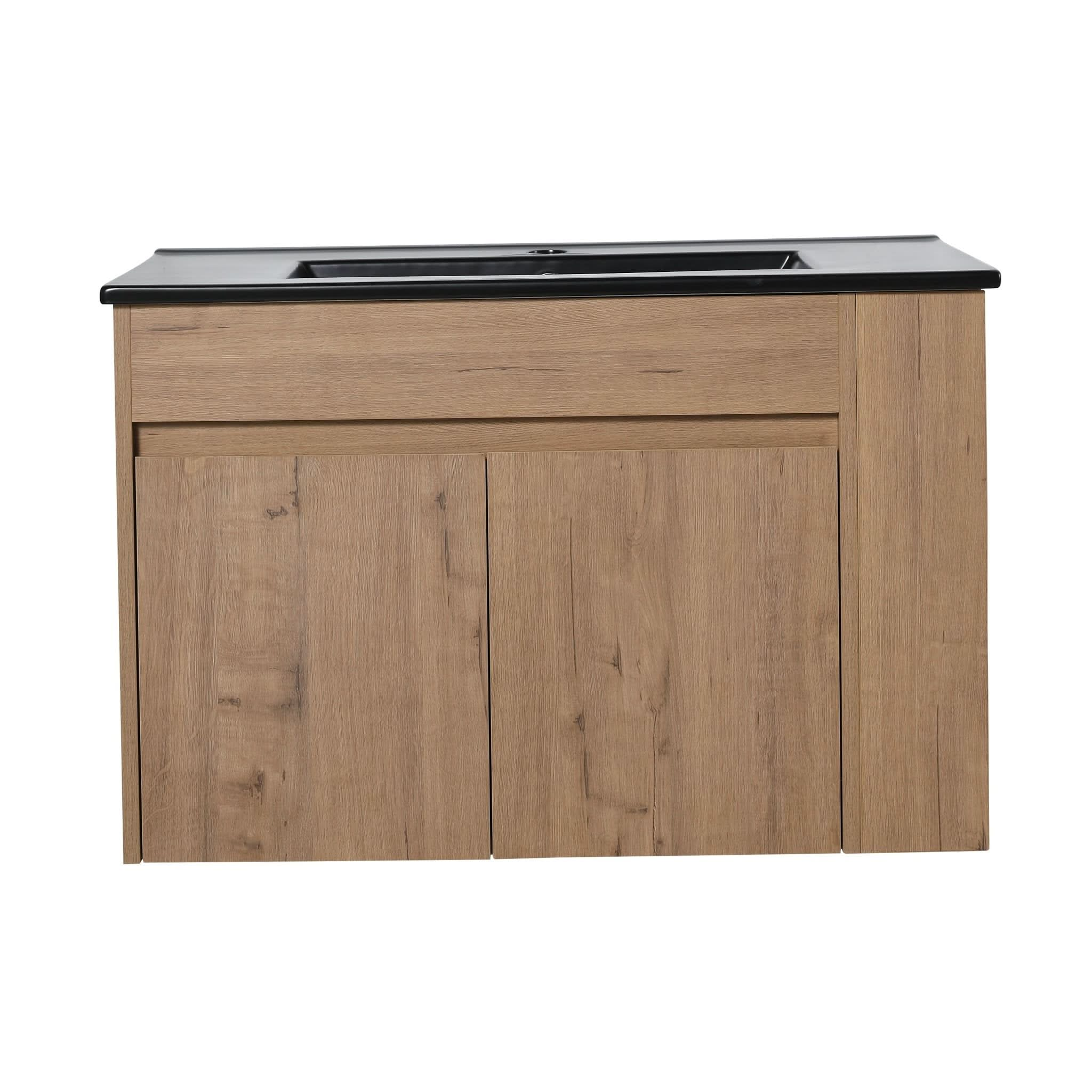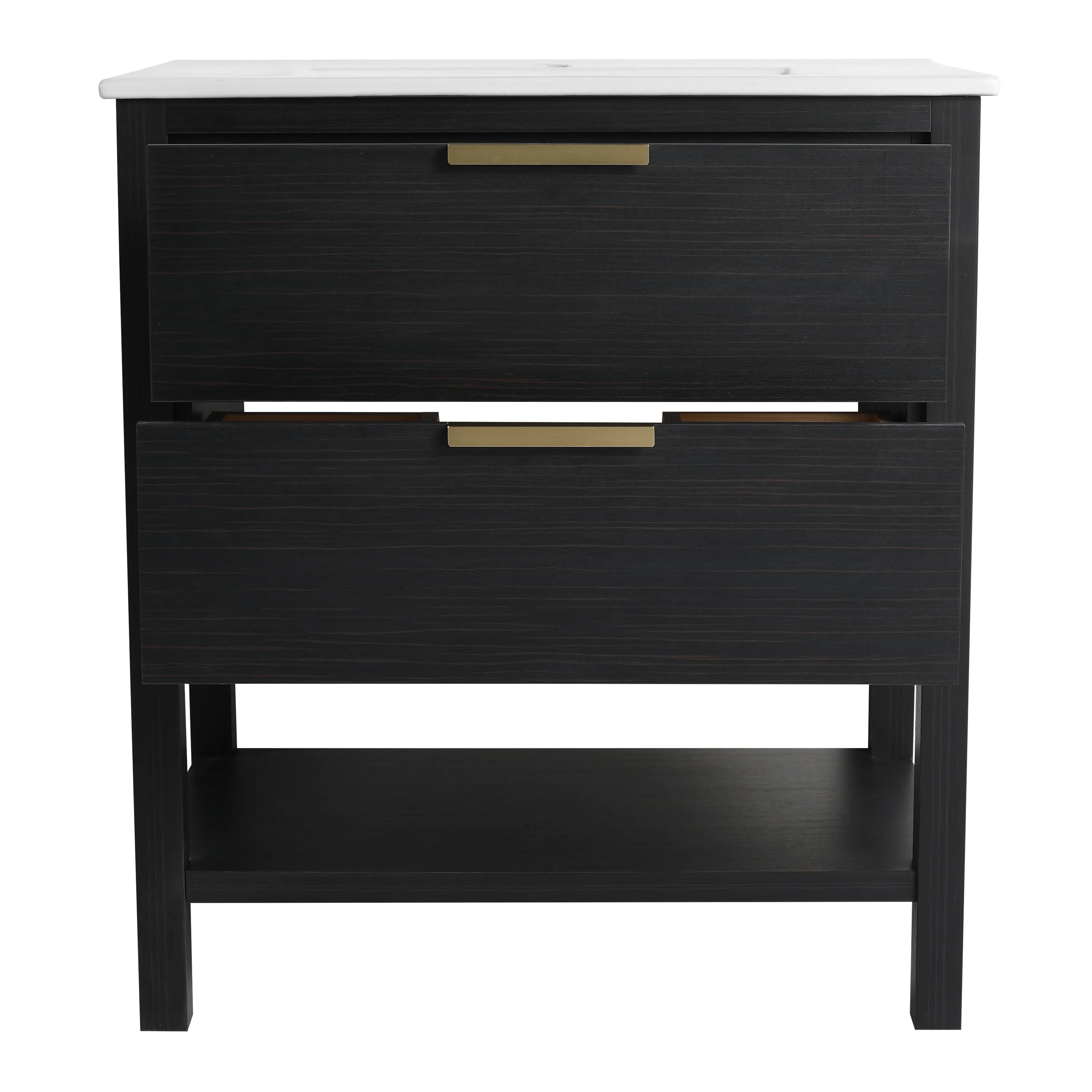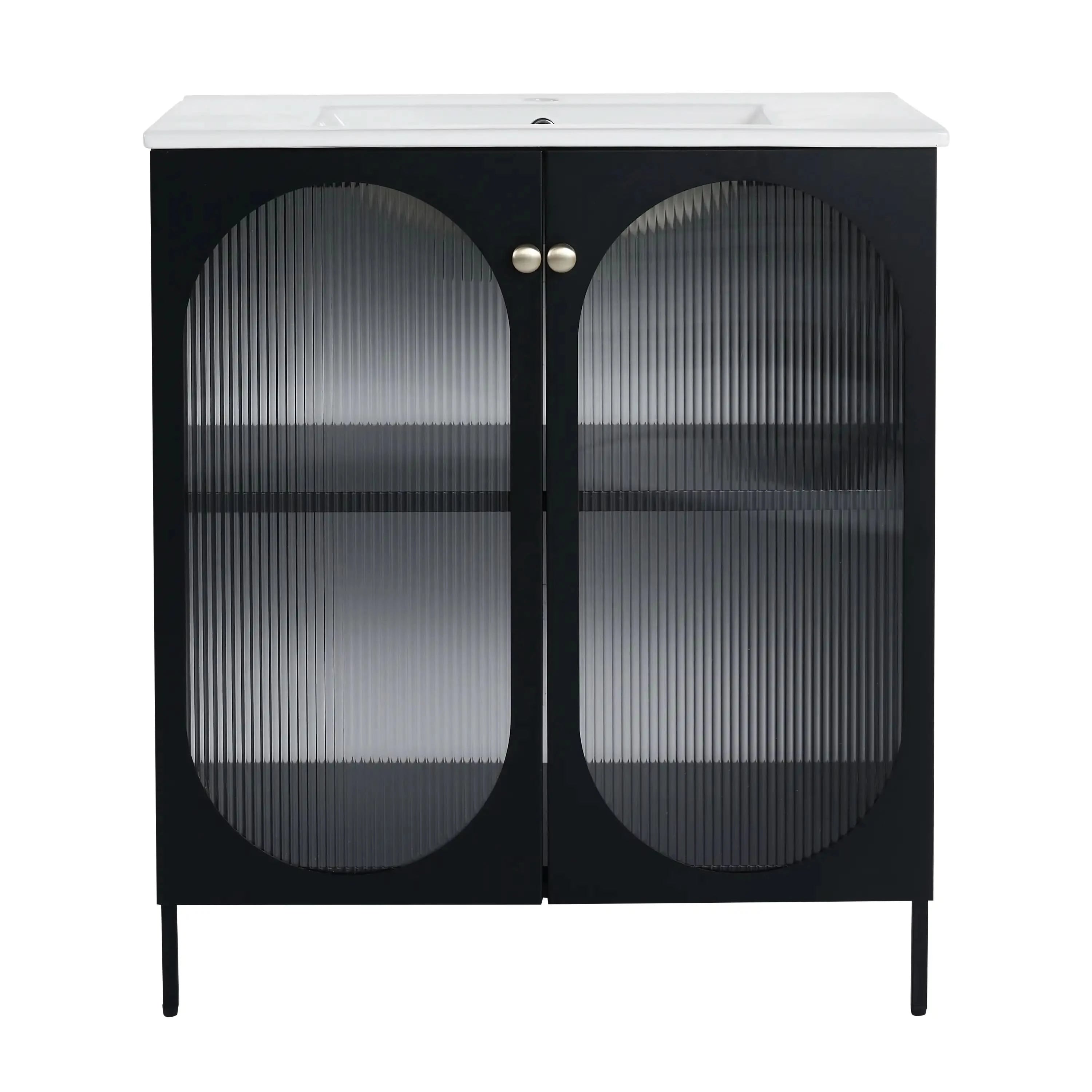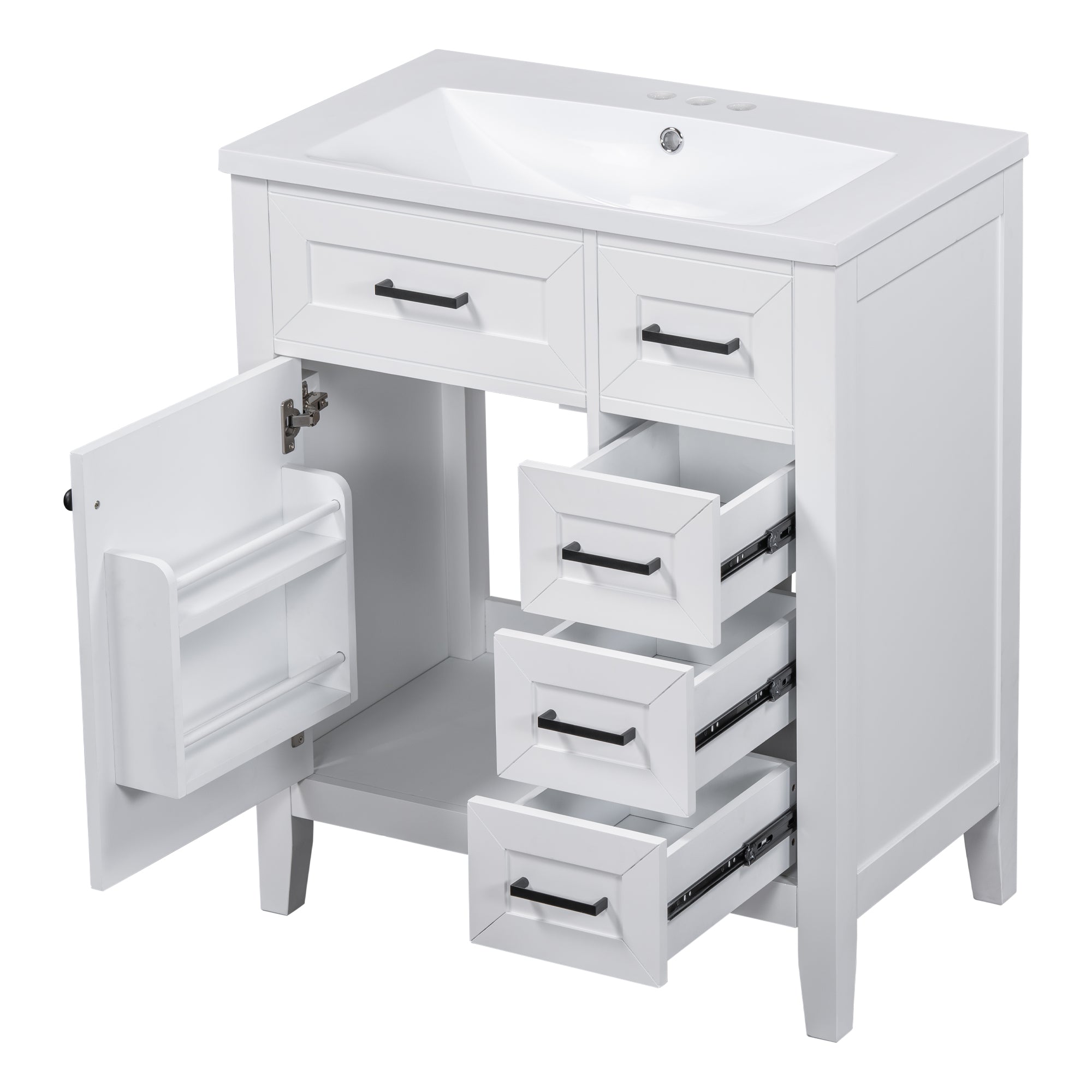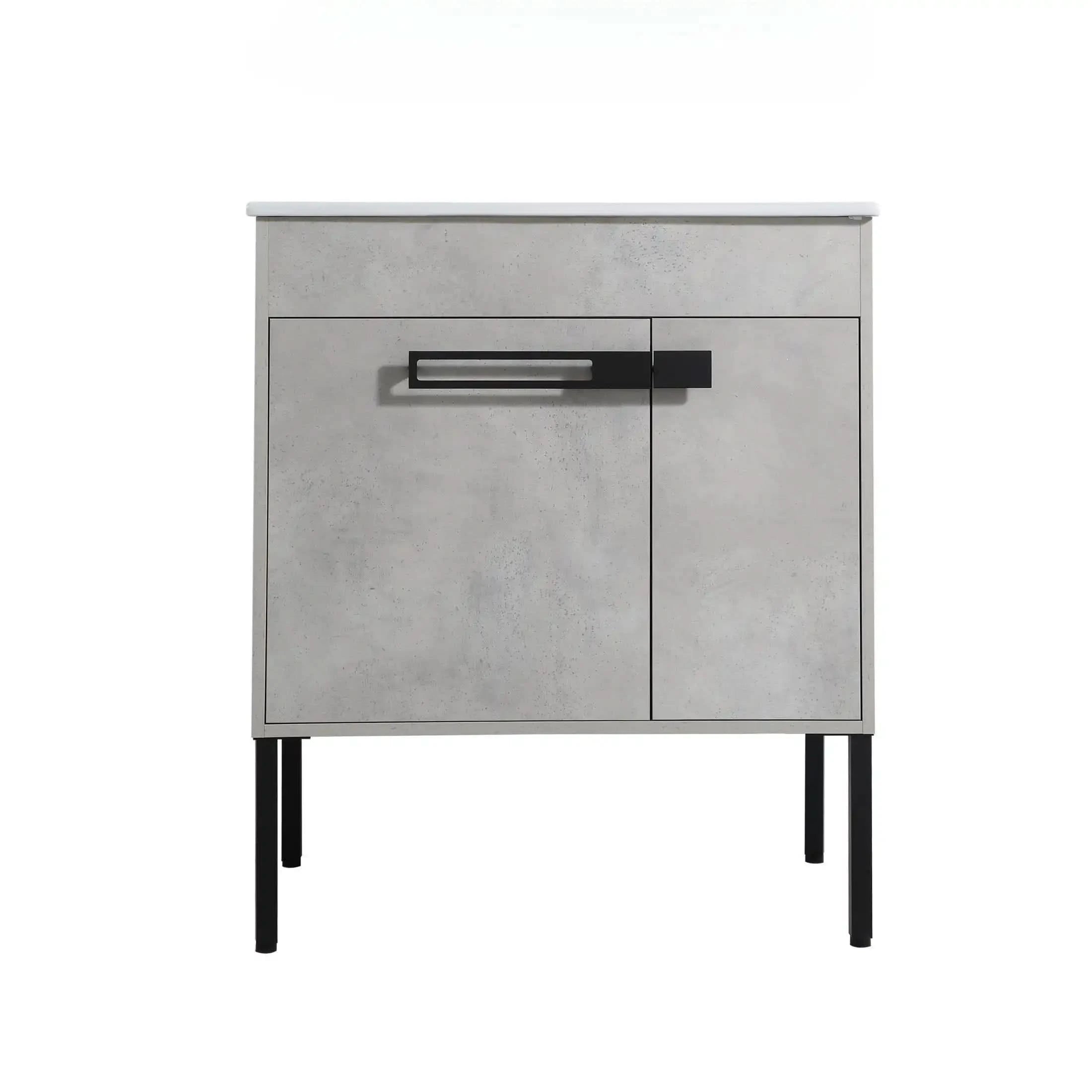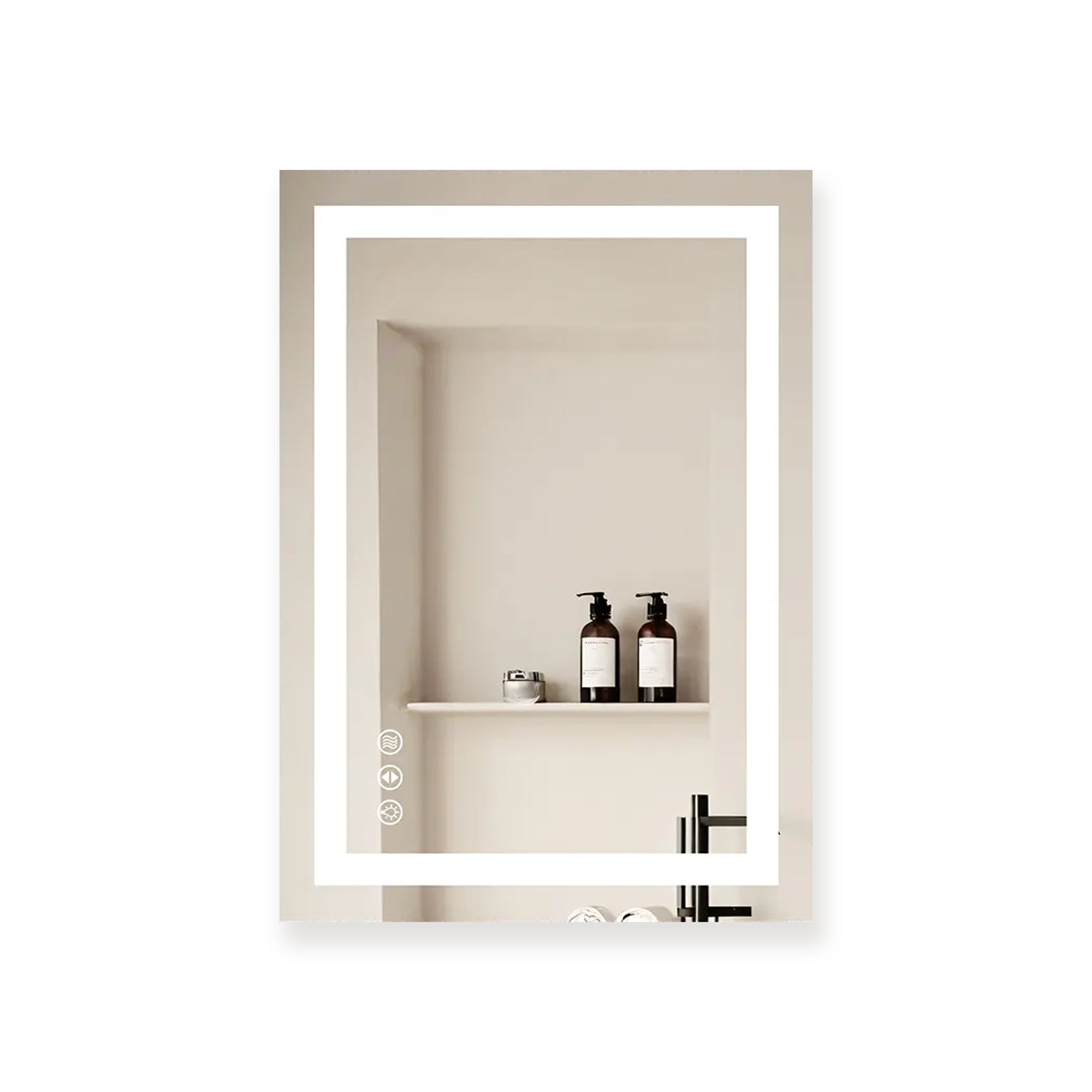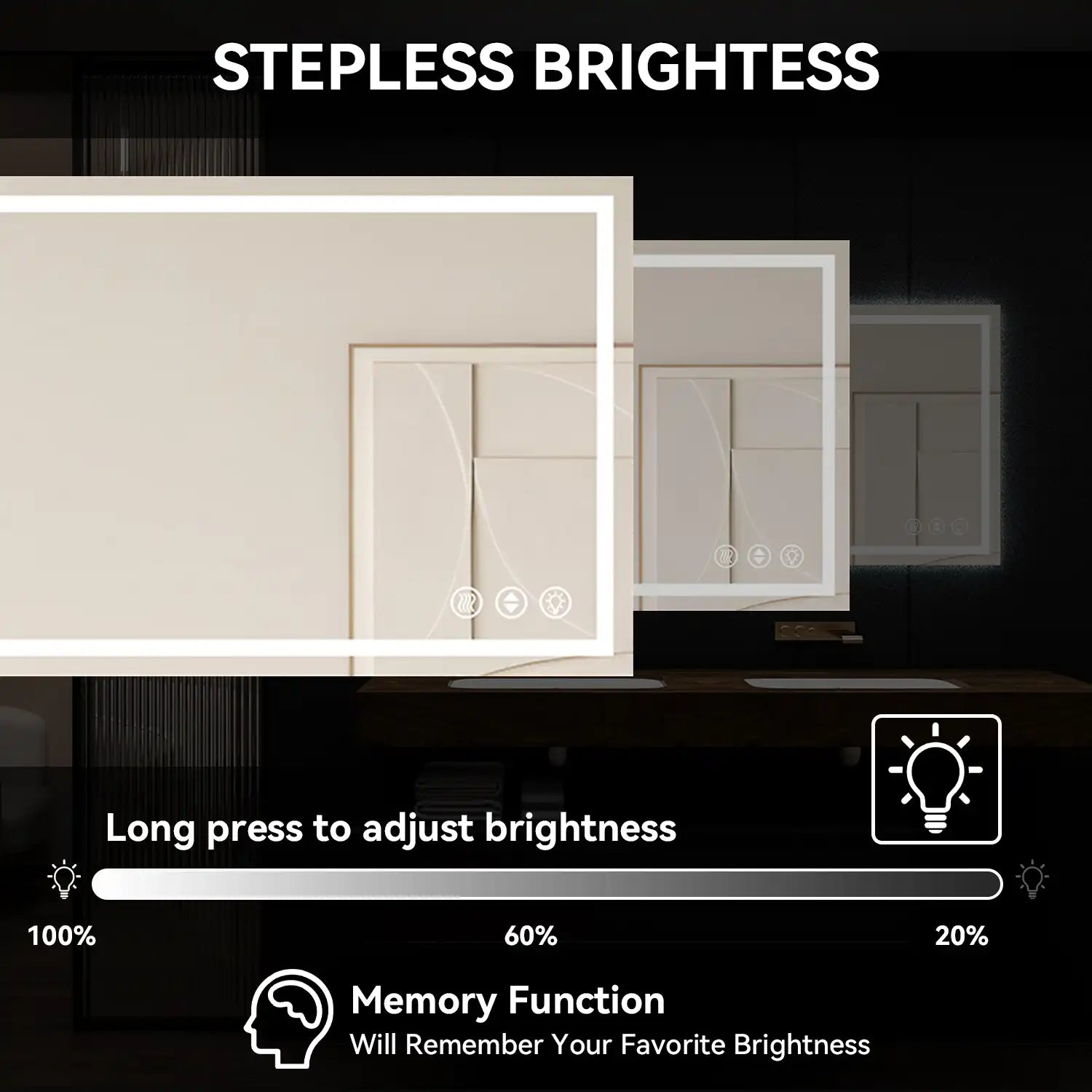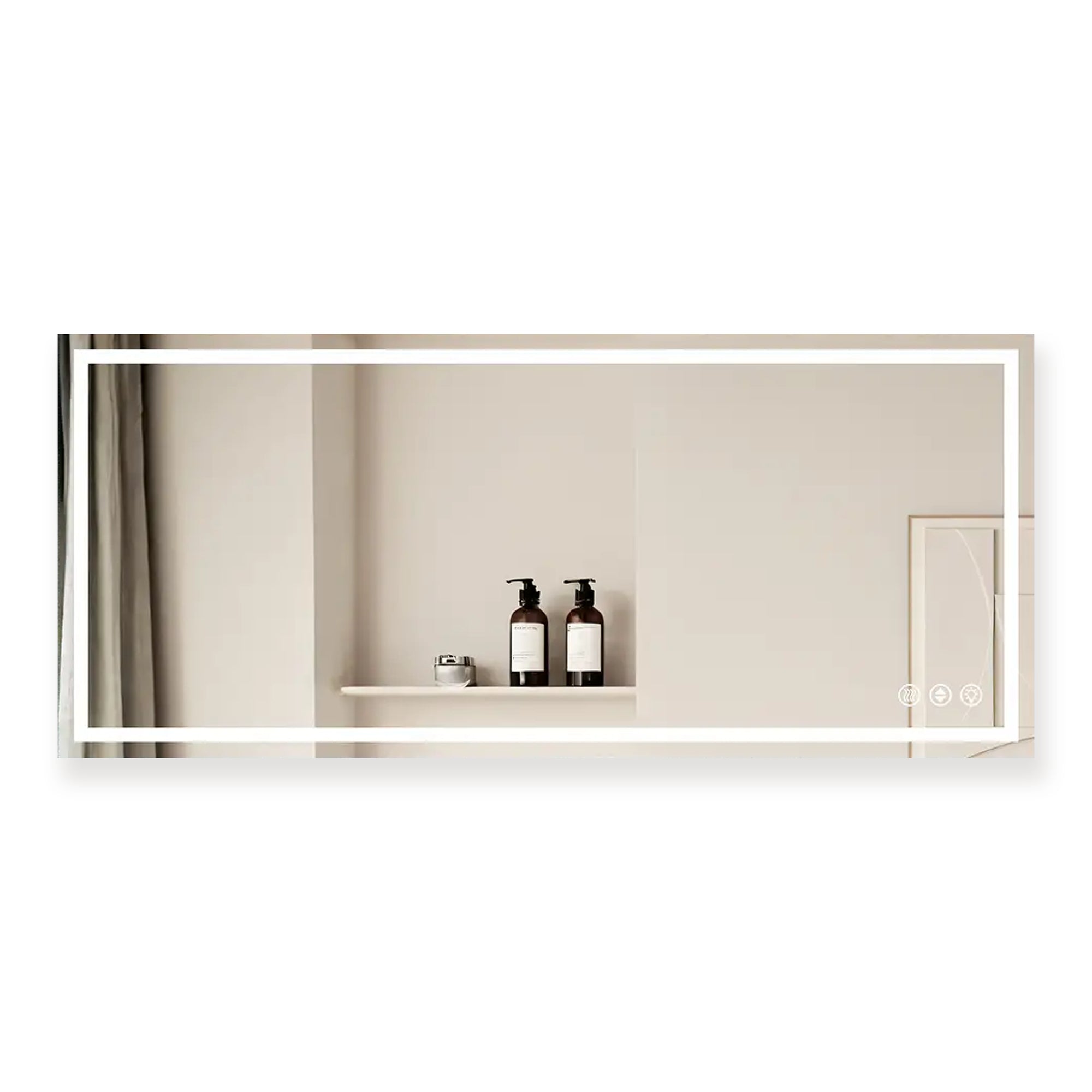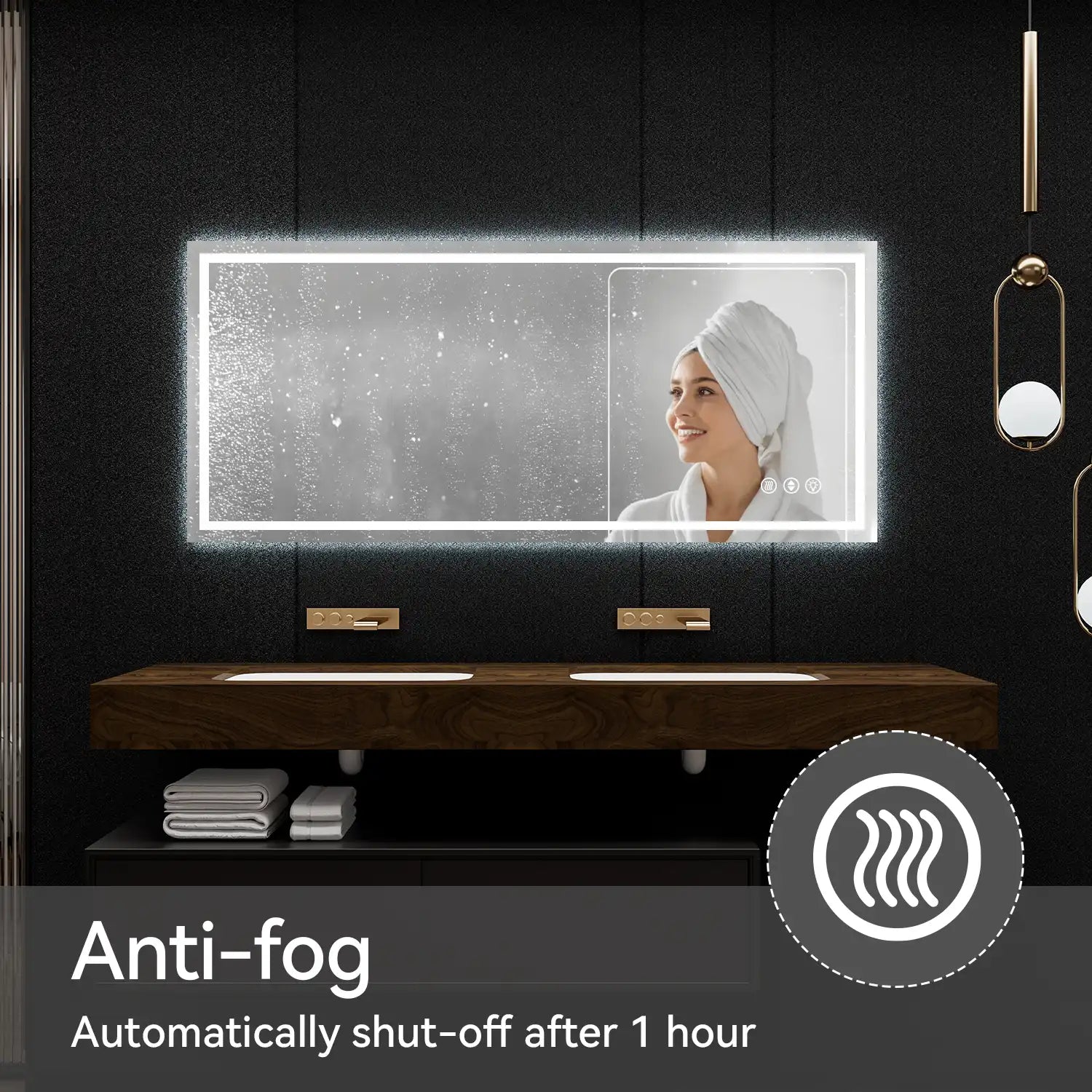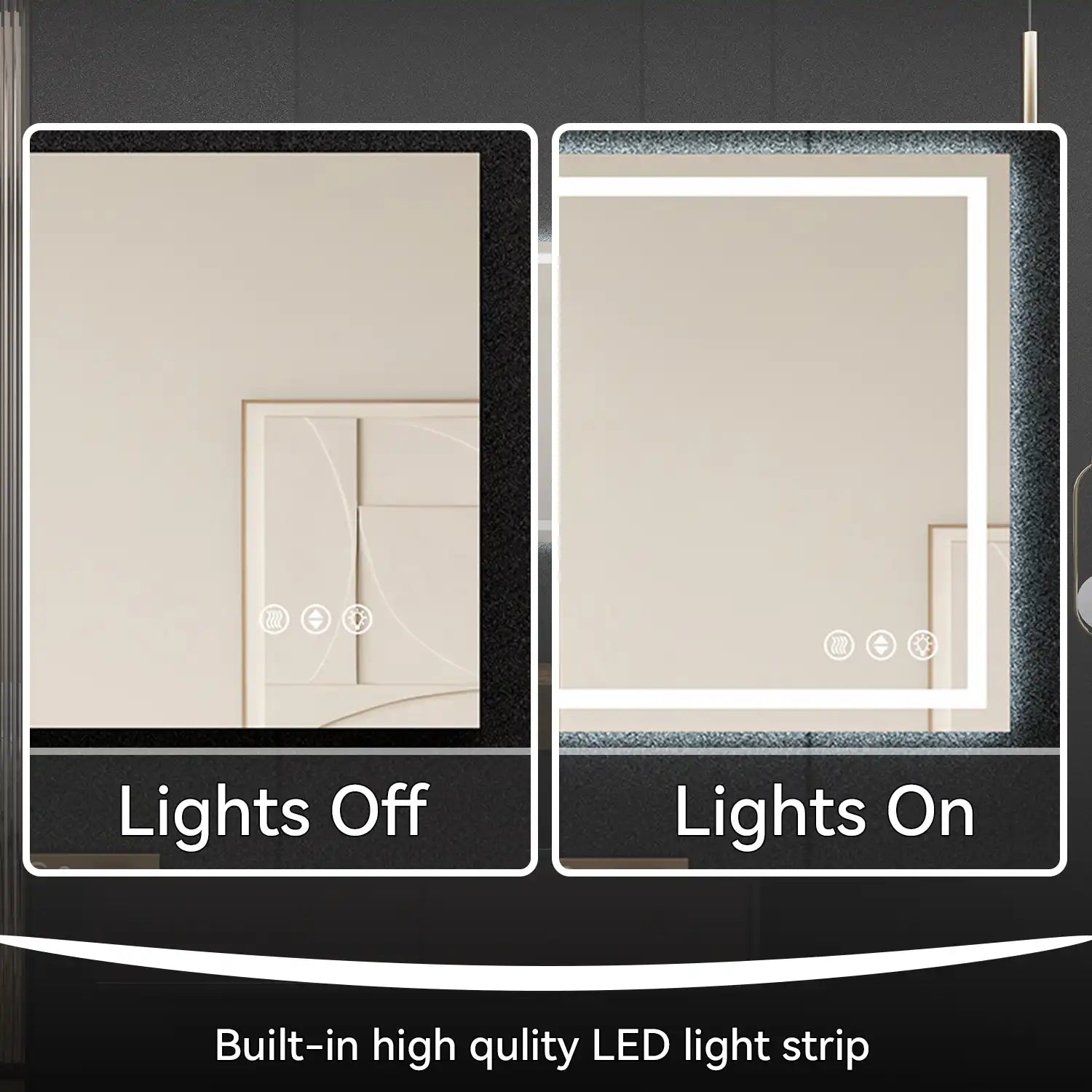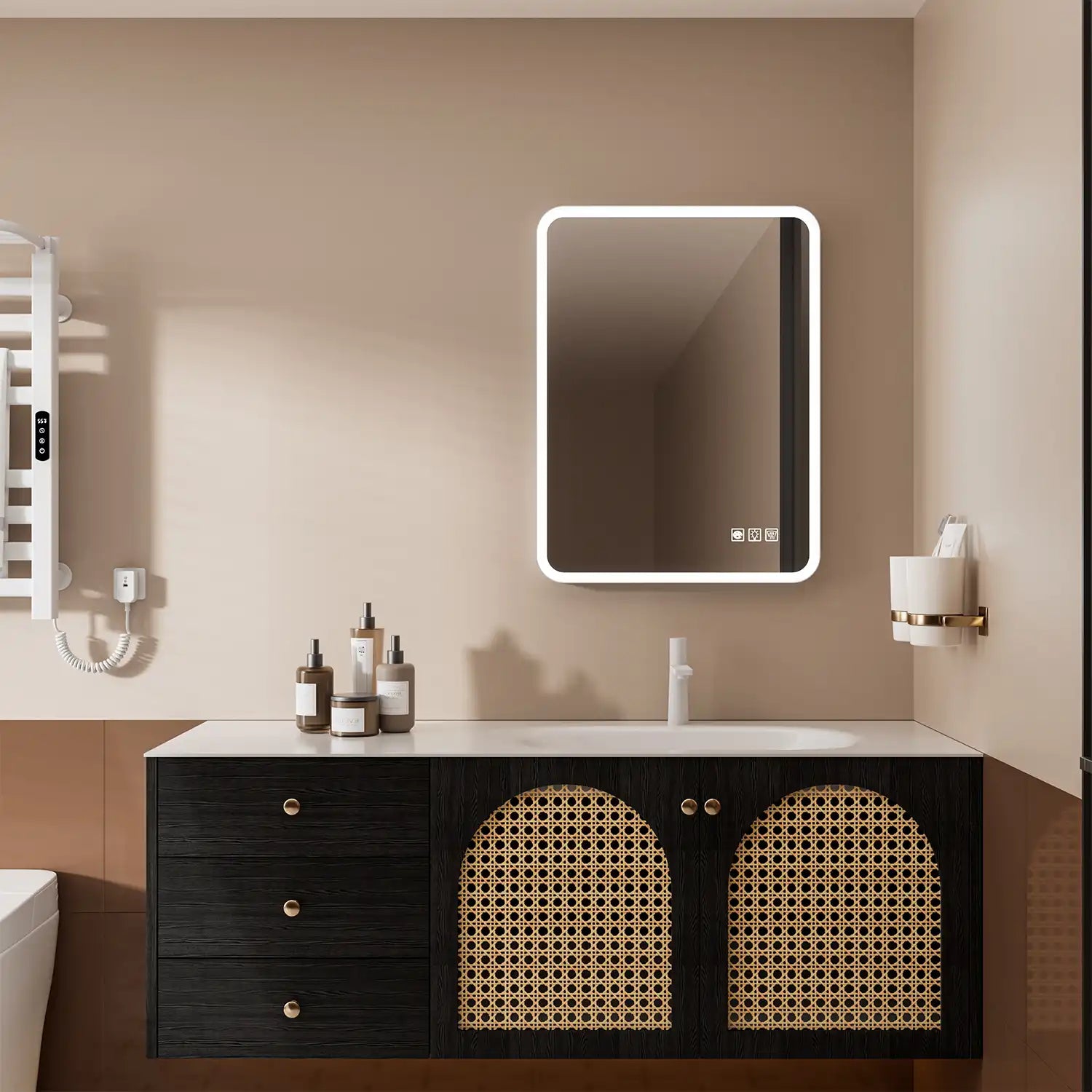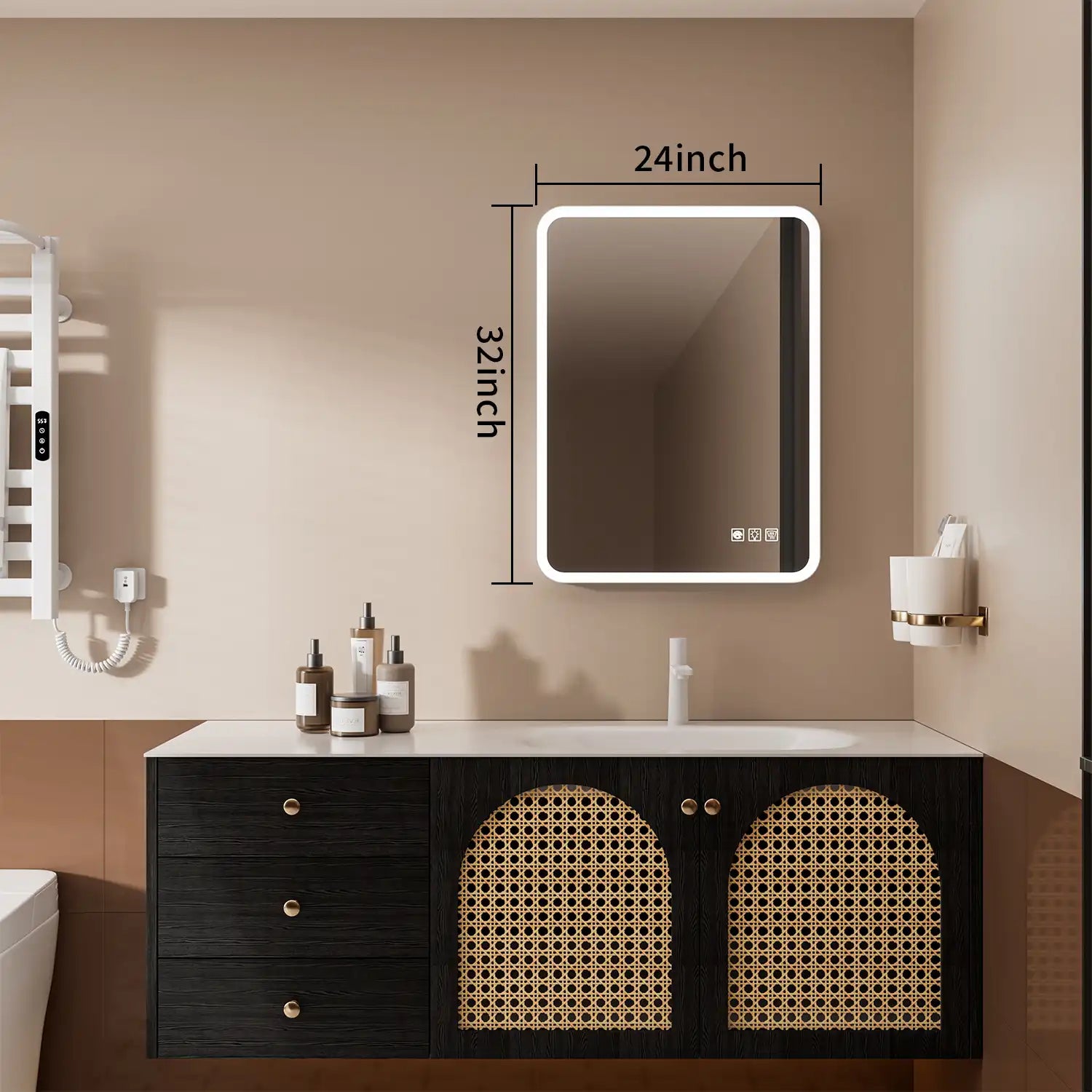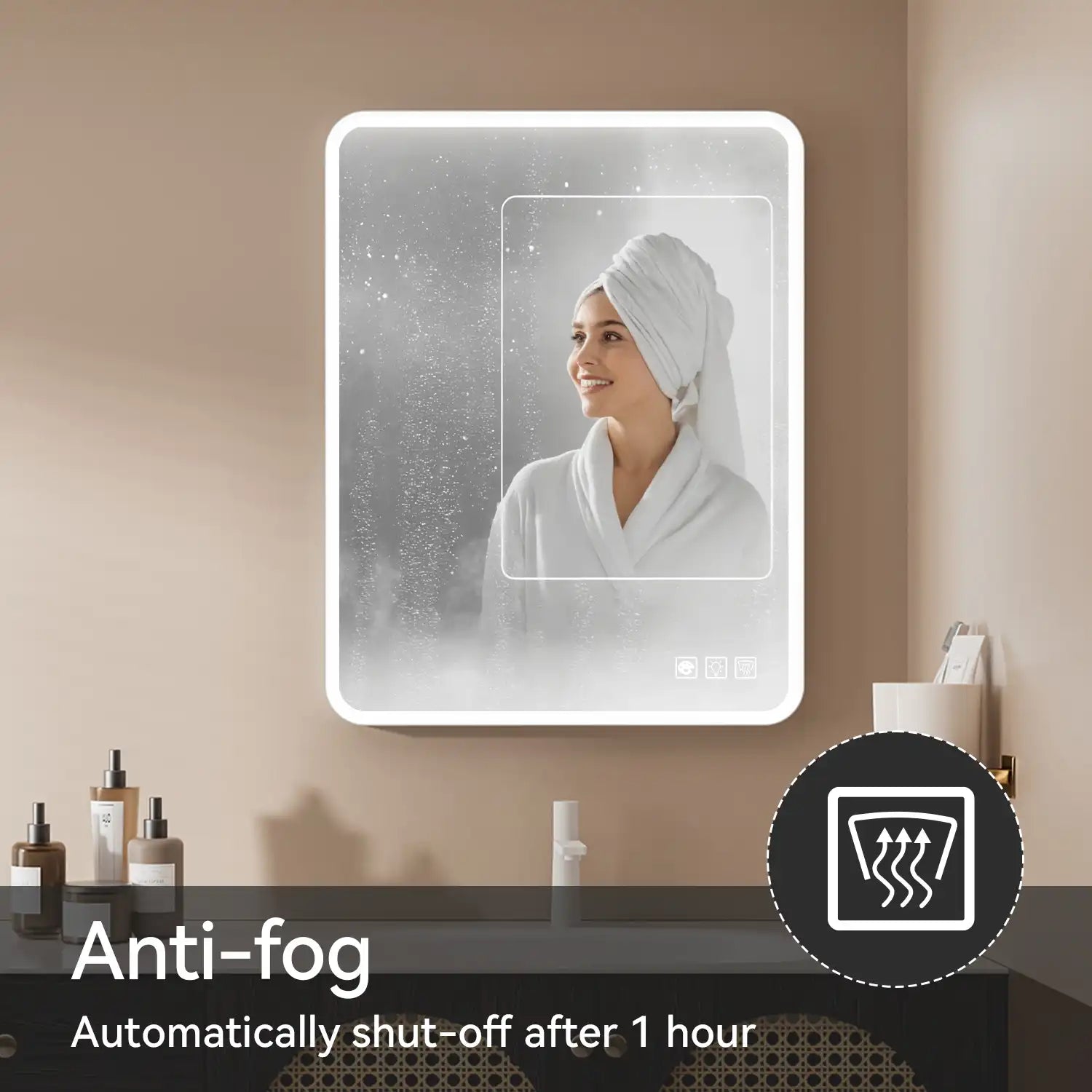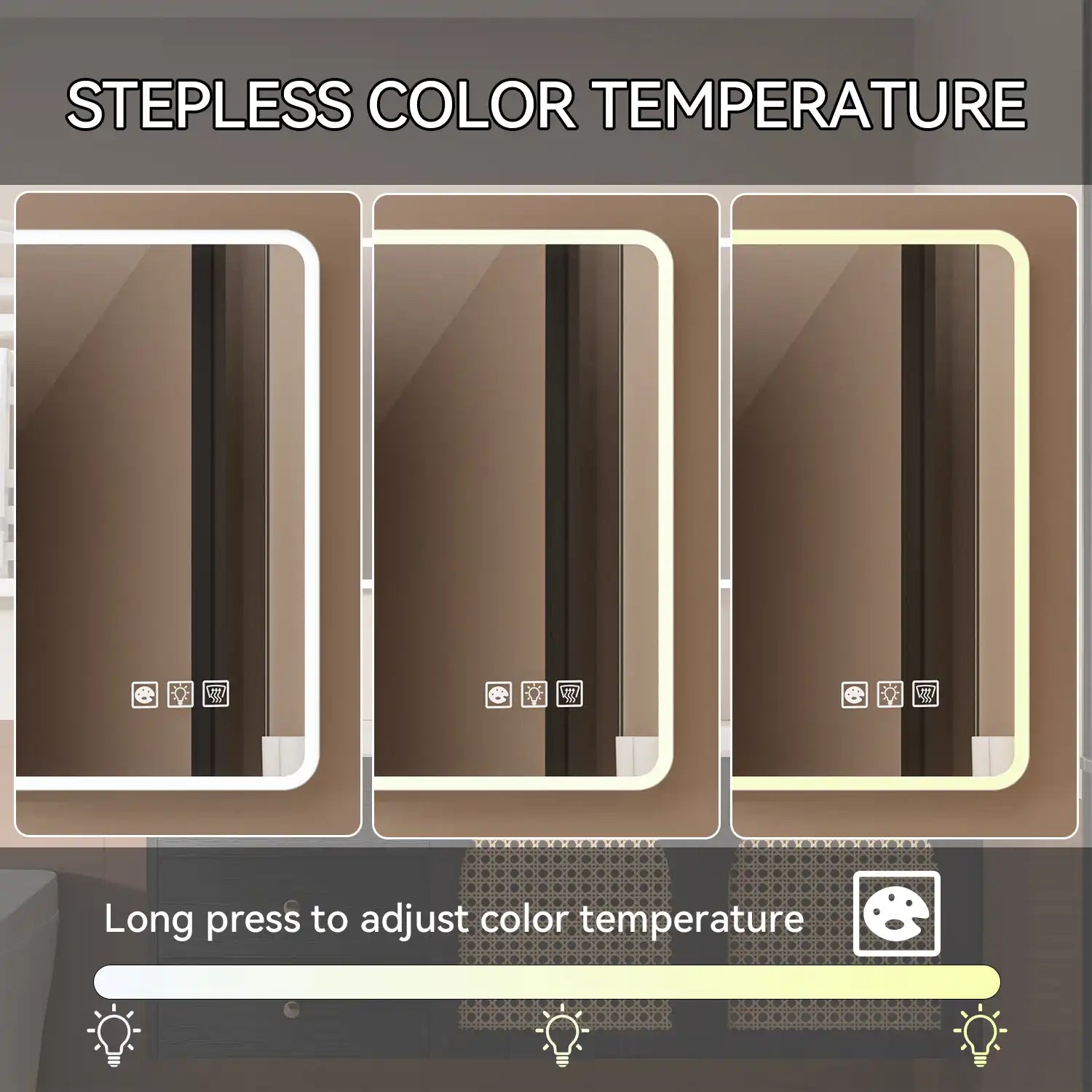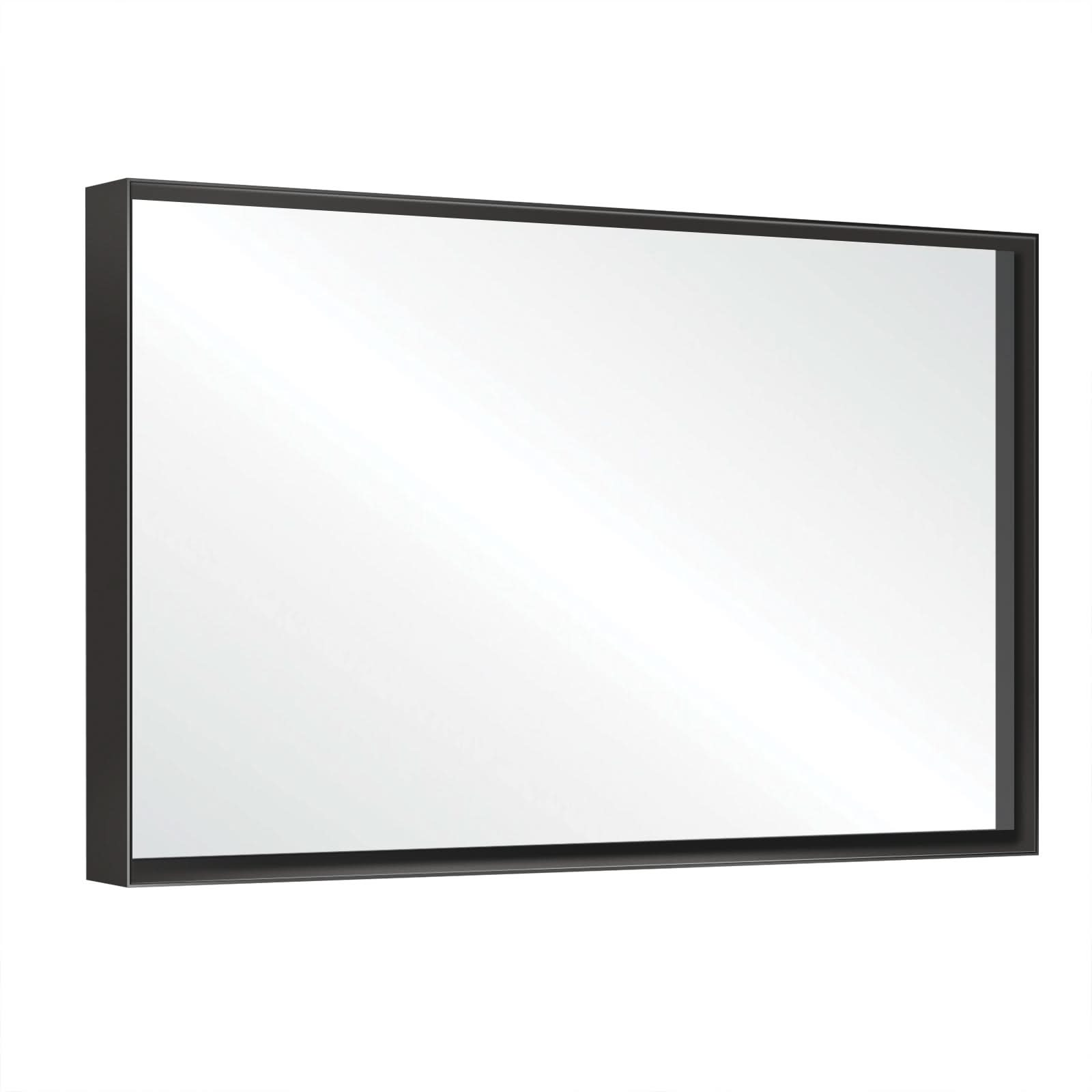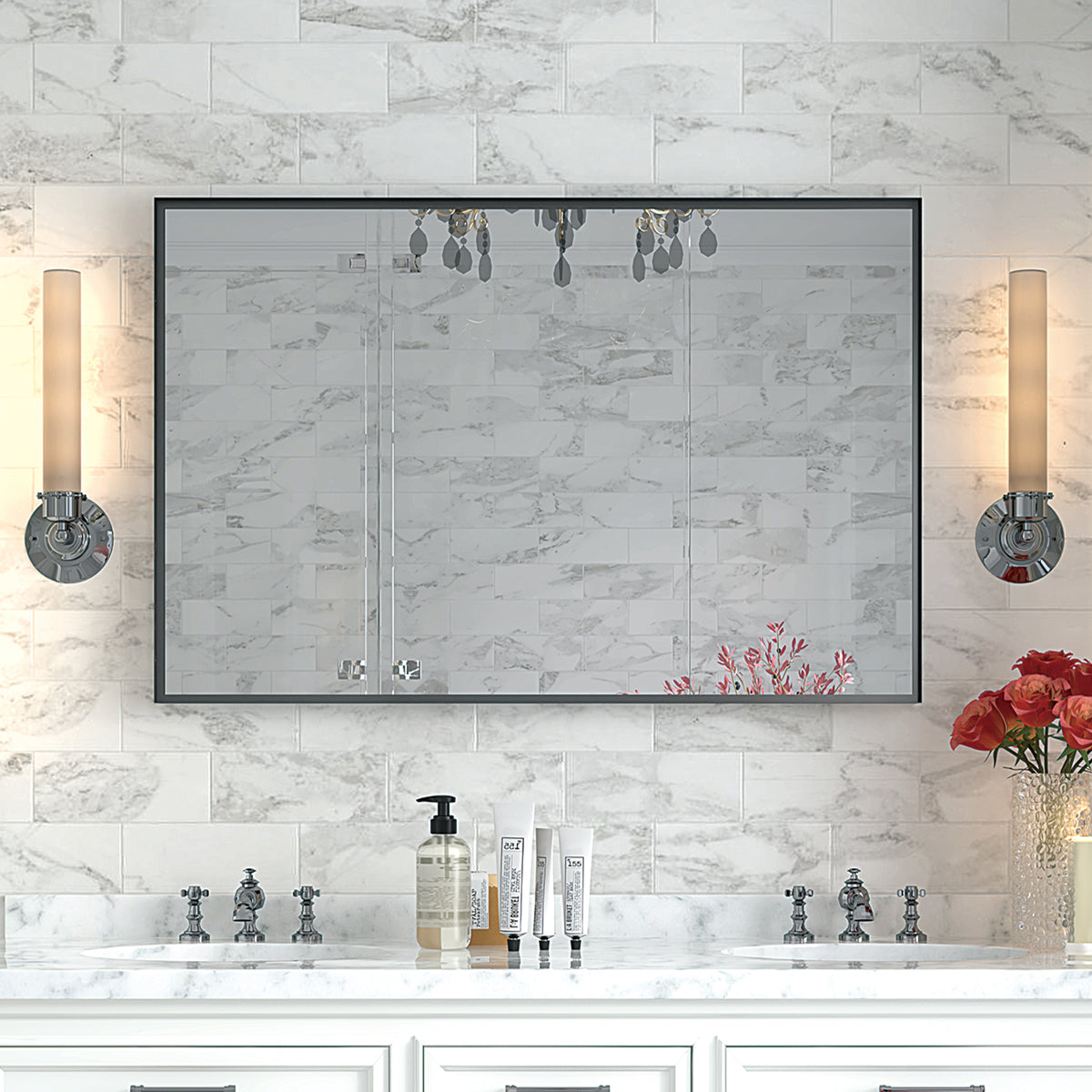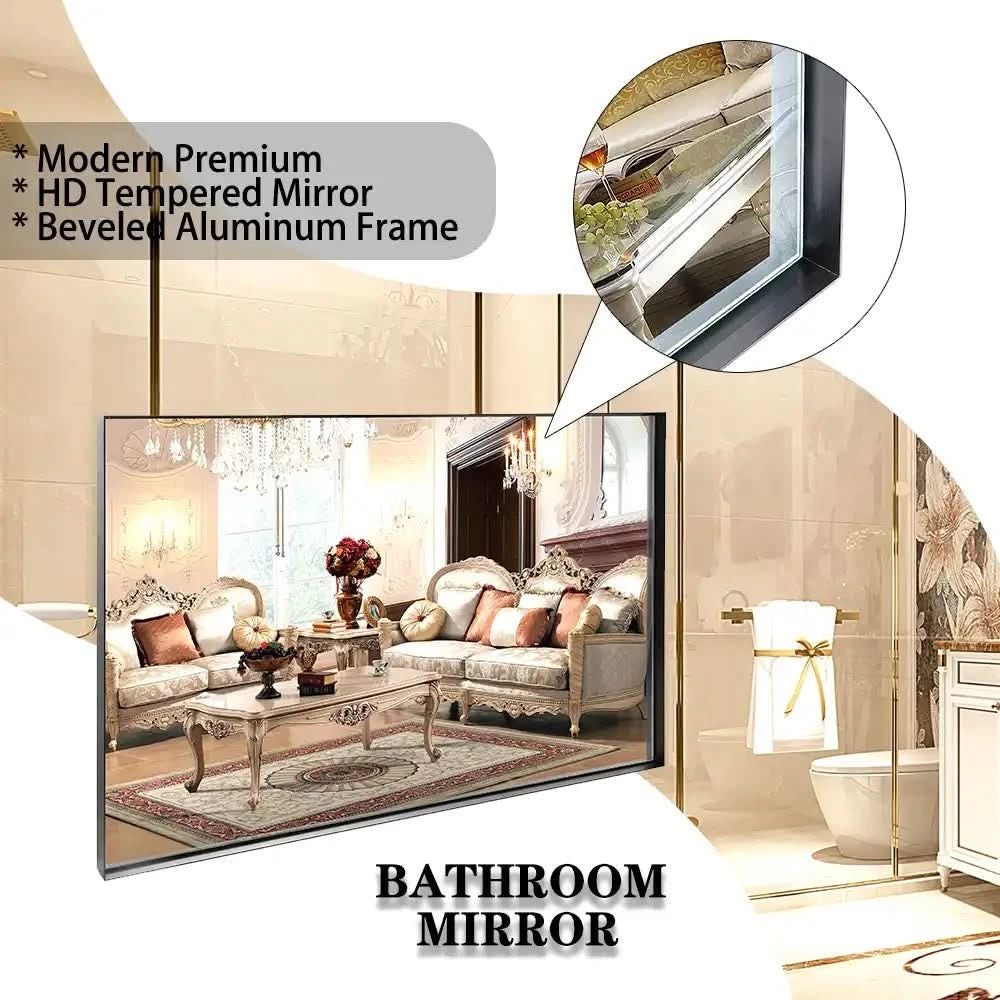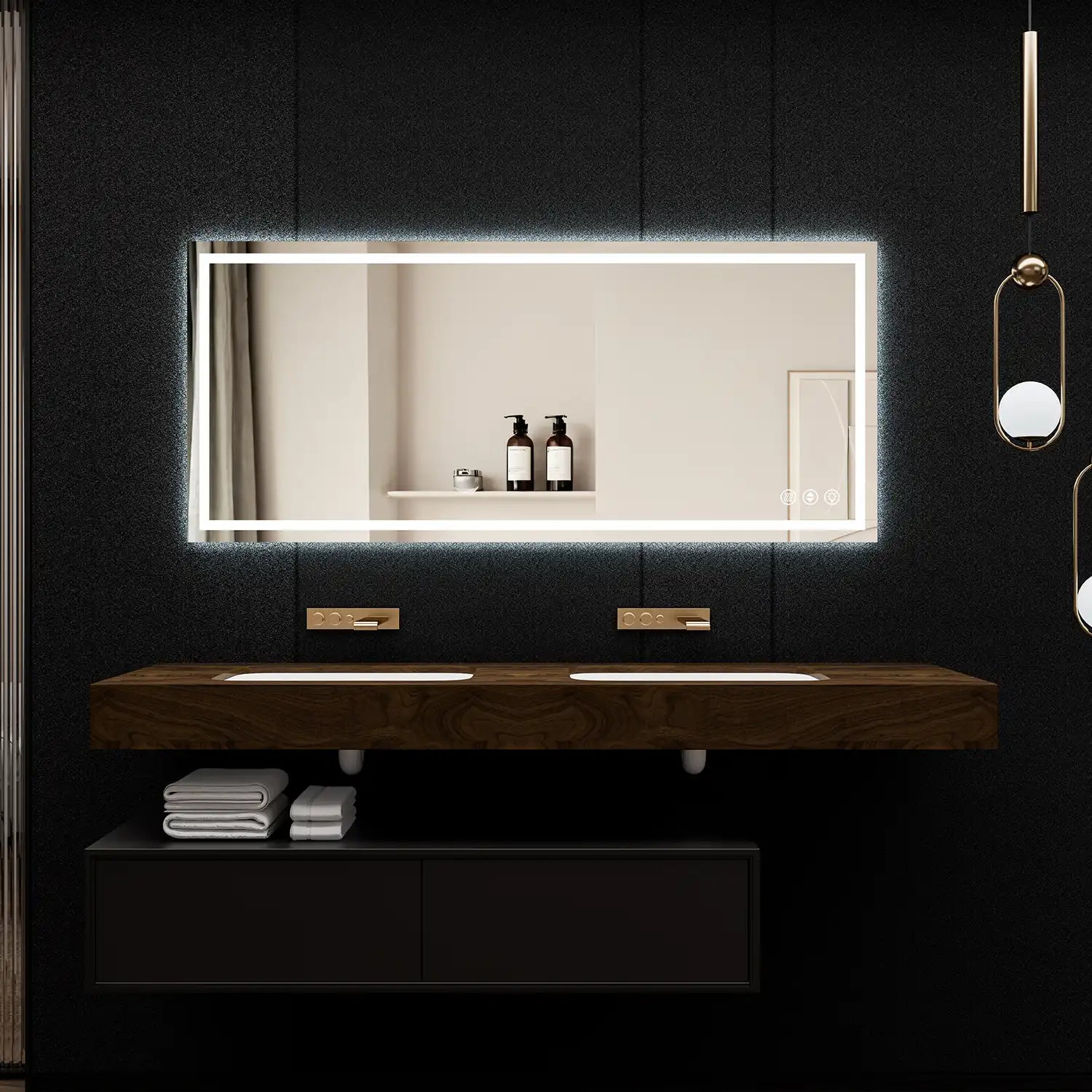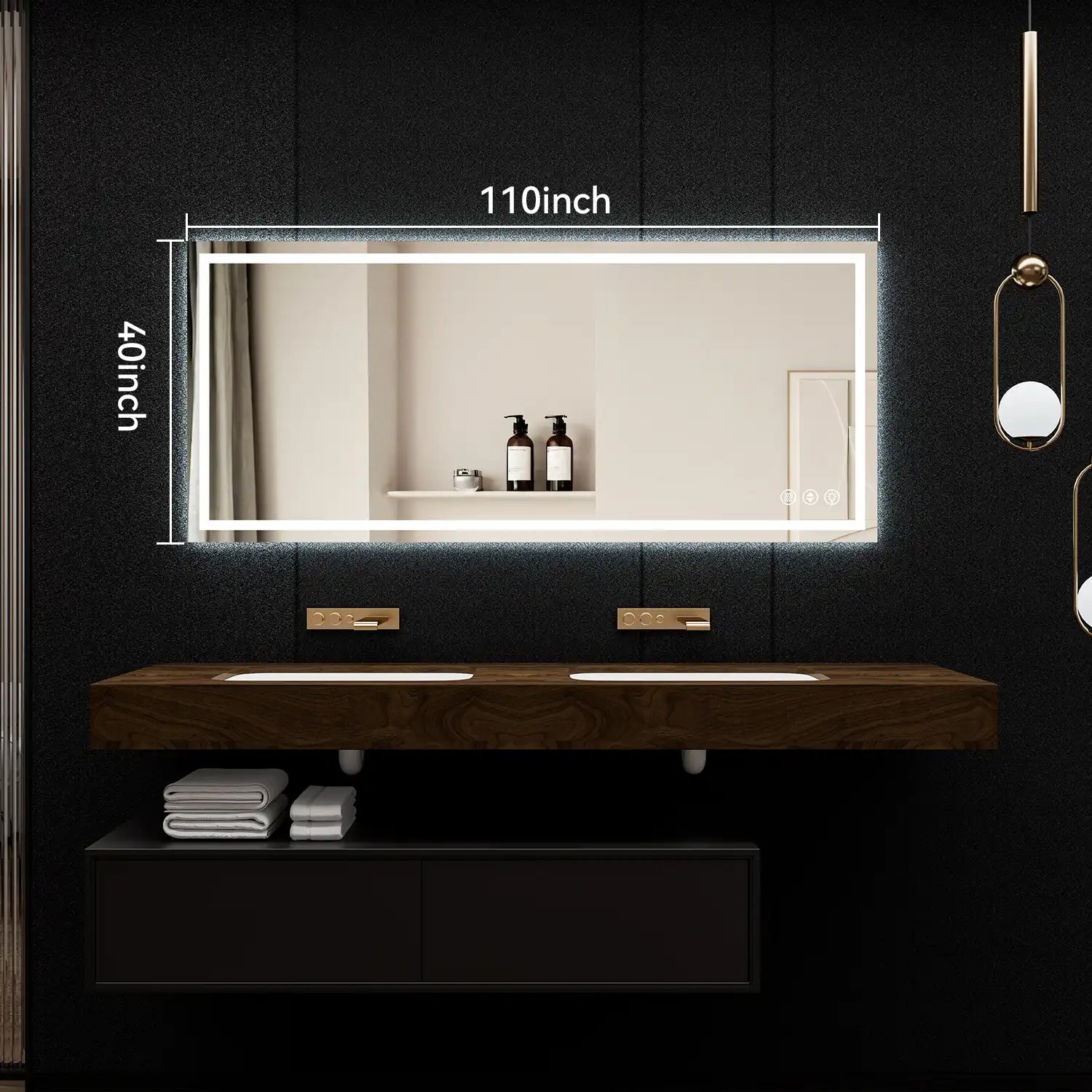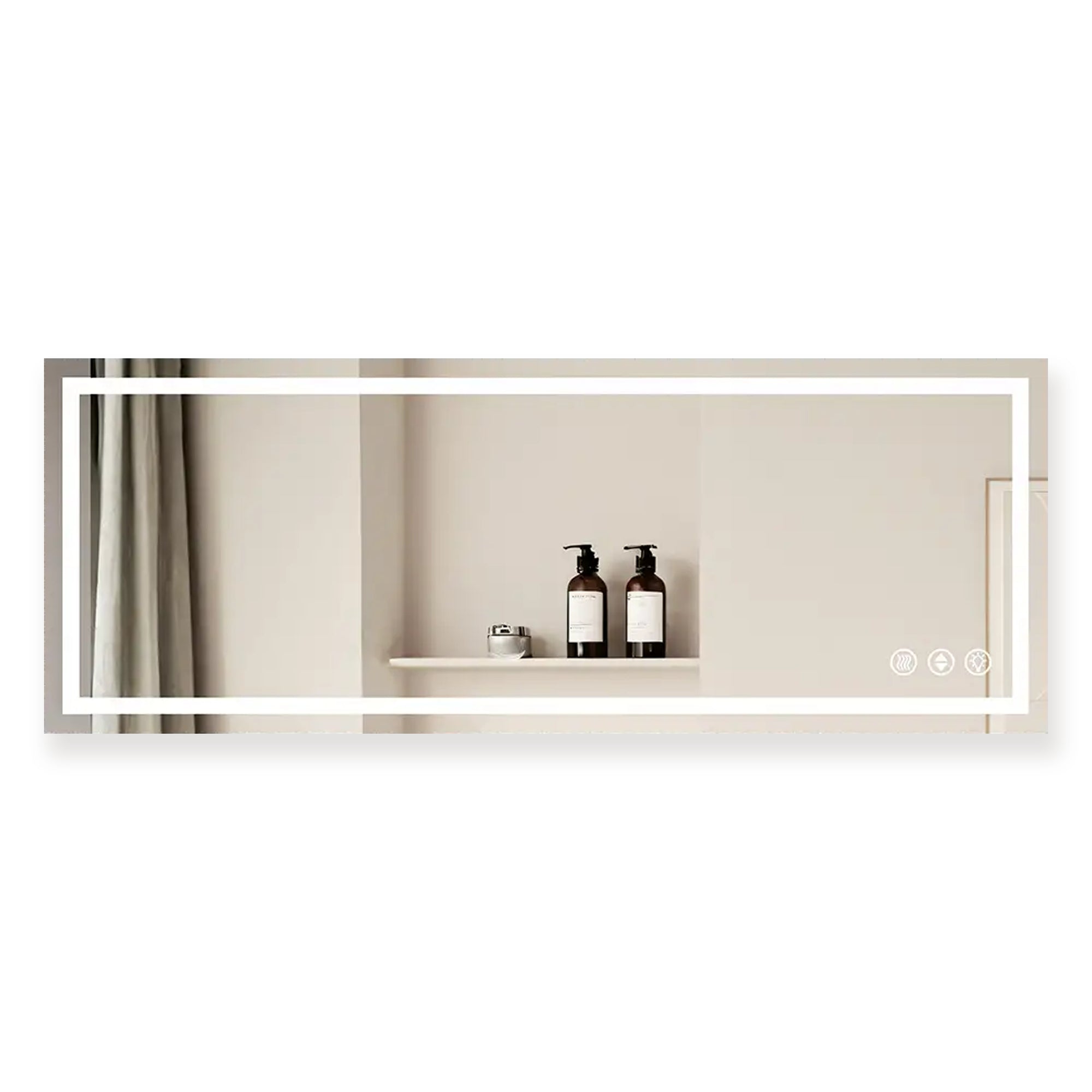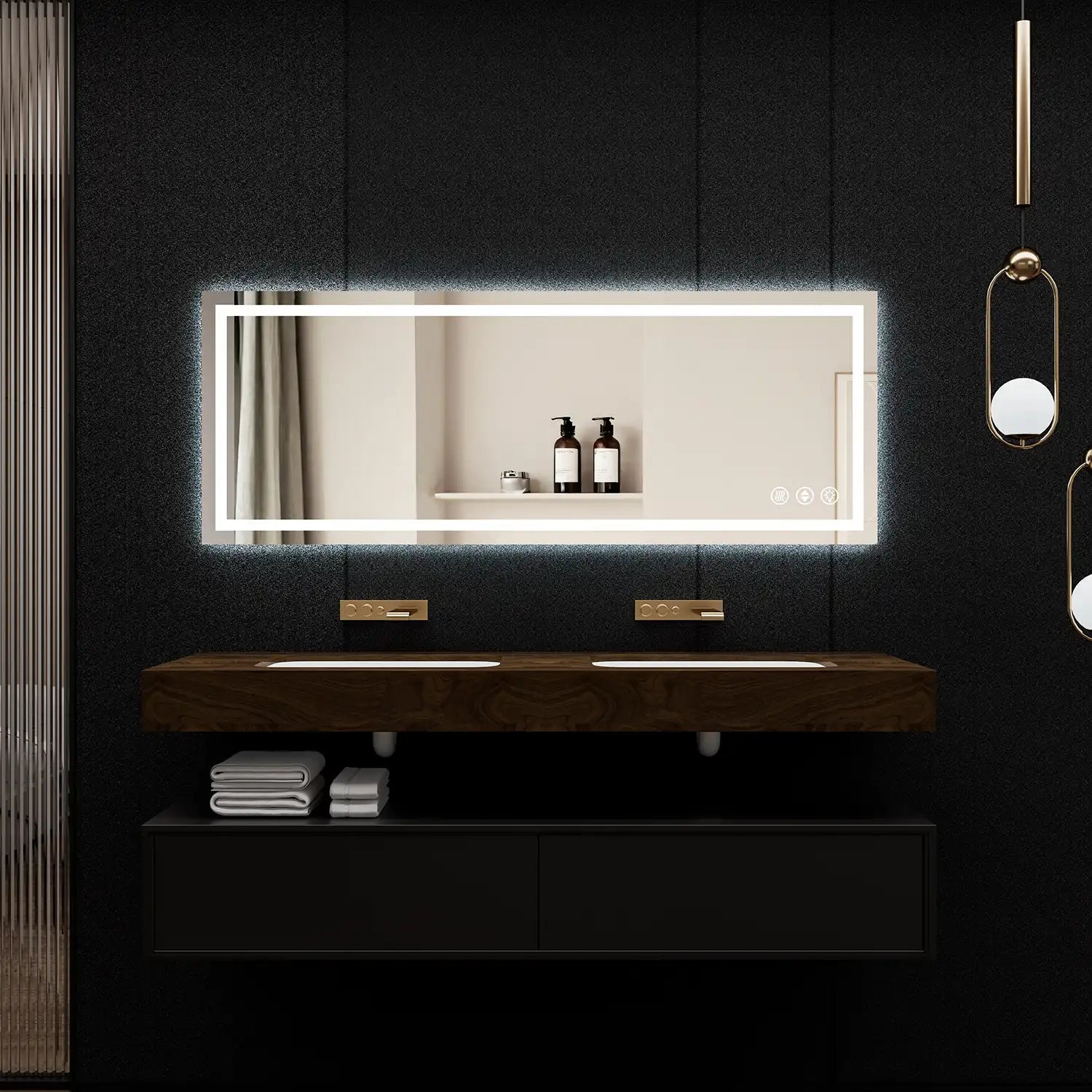Removing a large bathroom mirror may seem daunting, but with the right tools and techniques, it can be done safely and efficiently. This task is often part of a bathroom renovation or upgrade, and doing it correctly can save you time and unnecessary costs. Whether you're replacing an outdated mirror or remodeling, this article will guide you through the removal process step by step.

1. Prepare Your Tools
Before you begin the removal process, gather all necessary tools. You will need the following items:
- Safety Goggles: Protect your eyes from glass shards.
- Durable Gloves: Prevent cuts and injuries.
- Putty Knife: Help separate the mirror from the wall.
- Screwdriver: For removing any screws (if the mirror is secured with screws).
- Plastic Sheet or Blanket: Protect the floor and catch any falling shards.
Having these tools ready will not only make the process smoother but also minimize the risks associated with handling glass.
2. Prepare the Area
Clear the Space
- Remove Any Items: Clear the area around the mirror, including toiletries and decorations. This reduces the risk of accidents and ensures a clean workspace.
- Lay Down Protection: Use a plastic sheet or blanket to cover the floor, preventing damage from any glass shards that may fall. This step is especially important when dealing with a large mirror, as it helps contain any mess.
3. Check How the Mirror is Mounted
Determine the Installation Method
- Inspect for Screws: Many mirrors are secured with brackets or screws. If you see visible screws, use your screwdriver to remove them. This will make the removal process much smoother.
- Identify Adhesive Mounting: If the mirror is glued directly to the wall, be cautious when proceeding to avoid damaging the wall or the mirror itself. Understanding how the mirror is installed is crucial, as it will affect your approach.

4. Remove the Mirror
Detach the Mirror
- Use the Putty Knife: Carefully insert the putty knife between the mirror and the wall. Gently pry the mirror away, trying to separate it from the adhesive. Work slowly to avoid breaking the mirror. If the mirror is resistant, gently wiggle the knife to loosen it. This technique is widely recommended by home improvement experts (source: Family Handyman).
- Get Assistance if Necessary: If the mirror is particularly large or heavy, it’s advisable to have someone assist you. They can help support the mirror while you remove it, significantly reducing the risk of accidents or damage.
5. Safely Handle the Mirror
Post-Removal Handling
- Once Loose, Hold the Mirror Firmly: If the mirror has come loose, carefully lift it away from the wall.
- Lower It Slowly: Avoid quick movements, holding the mirror upright to minimize the risk of breakage. This step is crucial, as even minor misalignment can cause the mirror to shatter, creating hazardous shards.

6. Clean Up
Post-Removal
- Inspect for Damage: Check the wall for any residual adhesive or damage. If there are areas that need repair, it's best to address them before installing a new mirror.
- Dispose of the Mirror Safely: If the mirror is broken or no longer needed, wrap it up and dispose of it according to local regulations. Proper disposal helps ensure safety and environmental responsibility.
- Clear the Area: Remove any debris or dust from the removal process, preparing for future installation and keeping the workspace tidy.
Conclusion
Removing a large bathroom mirror doesn't have to be a complicated task. By following these steps, you can ensure a safe and efficient removal process. Whether you're planning to install a new mirror or simply refreshing your bathroom, proper preparation and careful execution will help you achieve your goals without damaging the walls or causing injury. Remember, safety comes first; take your time and carefully follow these guidelines.
FAQs
Q1: Can I remove a large bathroom mirror by myself?
A: Yes, but if the mirror is heavy, it’s best to have someone assist you, especially during the removal process.
Q2: What should I do if my mirror is glued and won't come off?
A: If you're having trouble, consider using a heat gun to soften the adhesive or consult a professional for assistance.
Q3: How do I repair the wall after removal?
A: Fill any holes or dents with filler, smooth it out, and repaint to ensure a seamless surface.
Q4: Can I reuse my old mirror?
A: Absolutely! Old mirrors can be repurposed for various DIY projects or home decor, adding character to your space.

